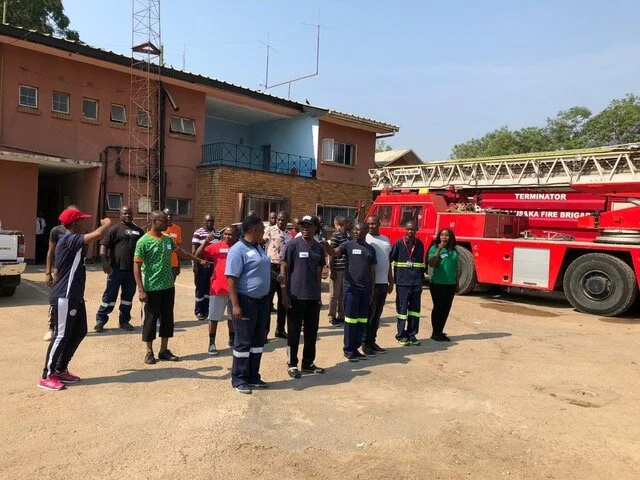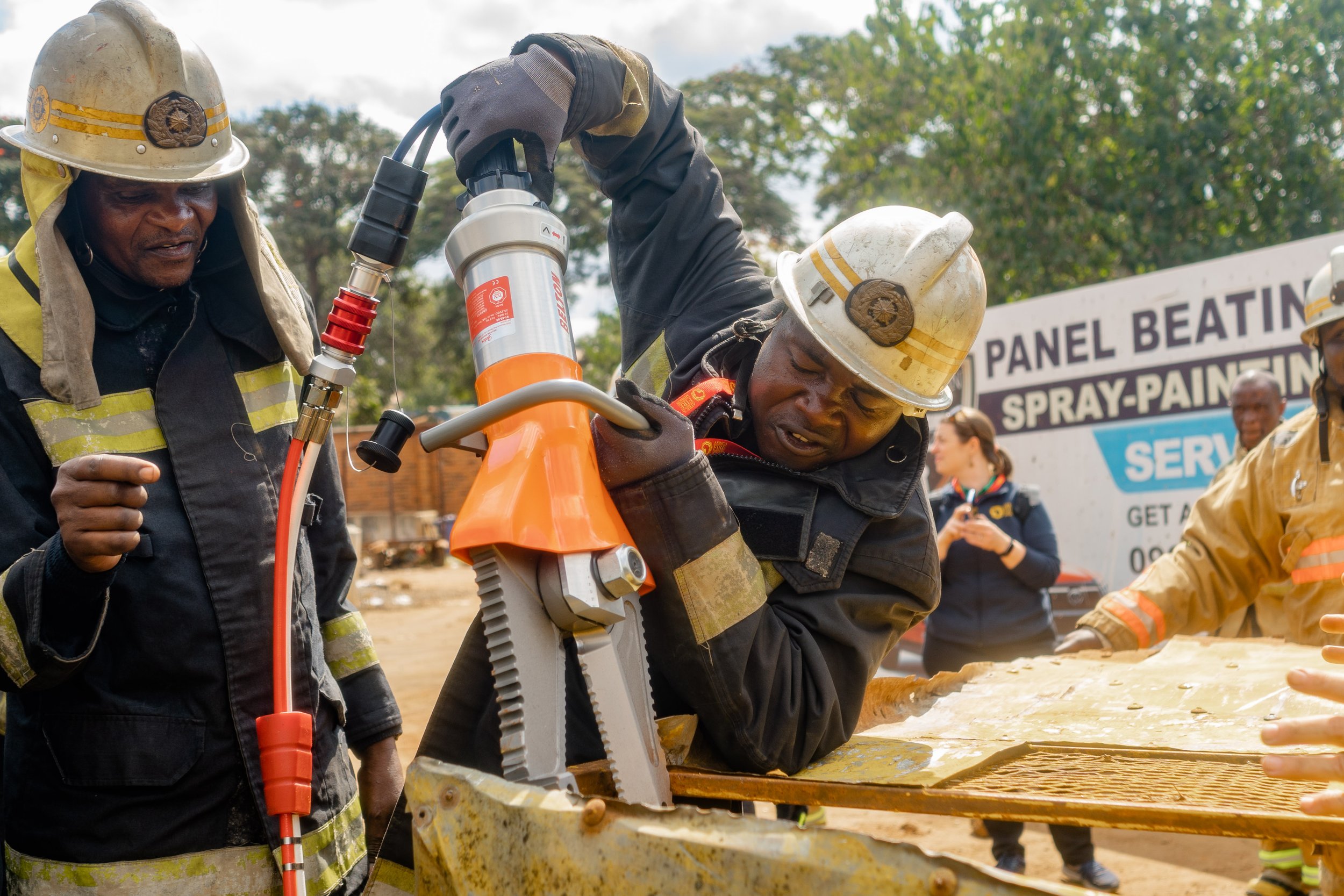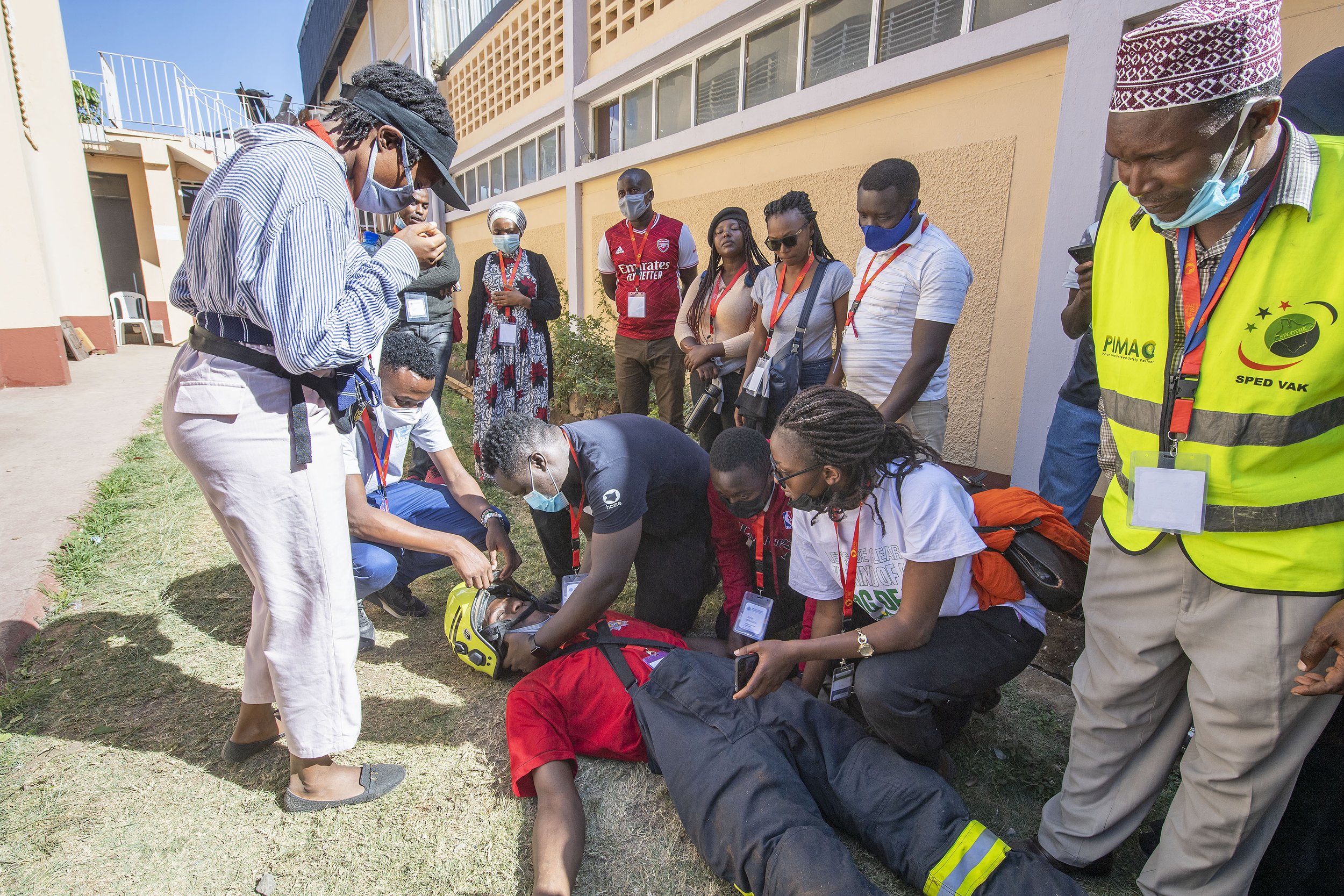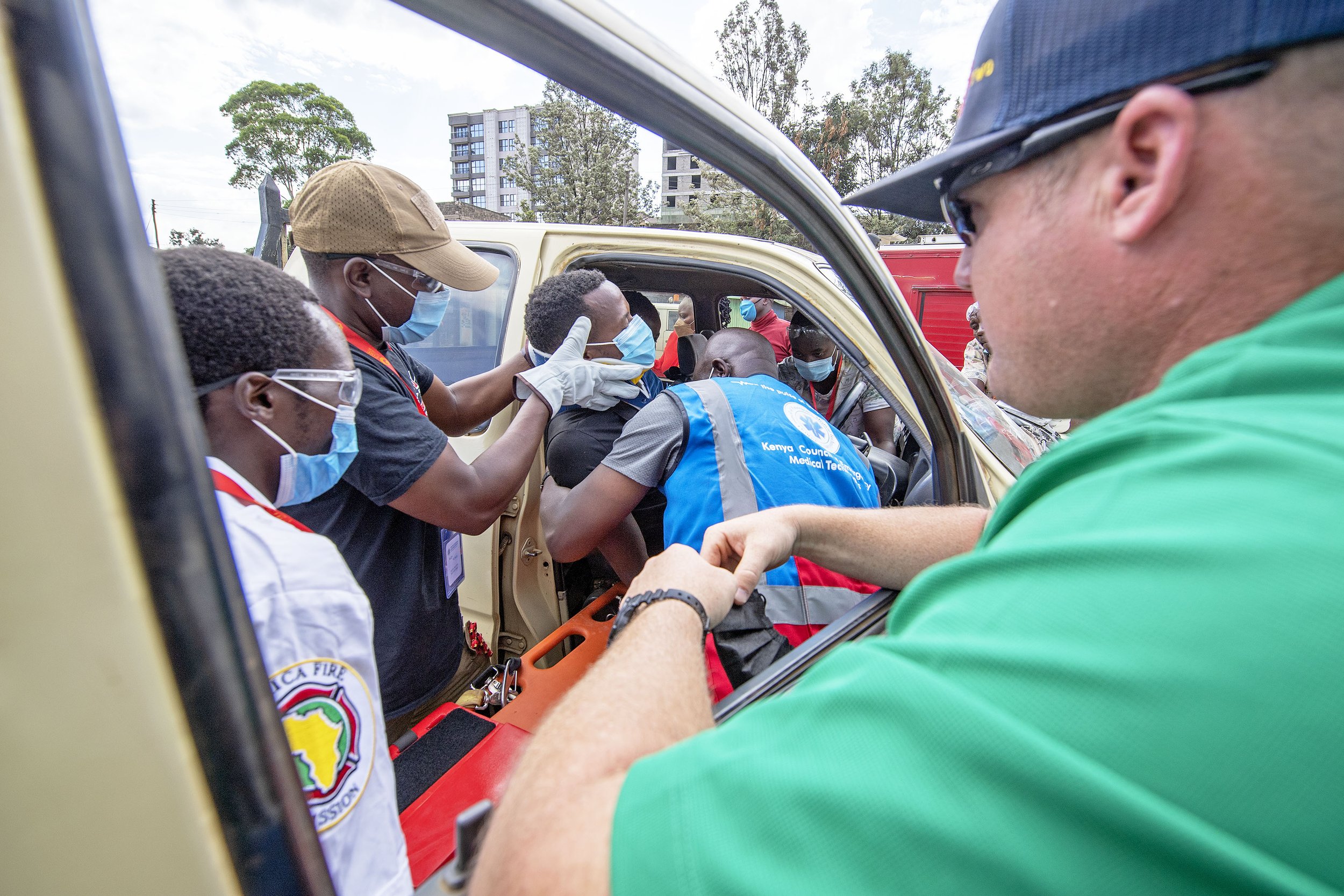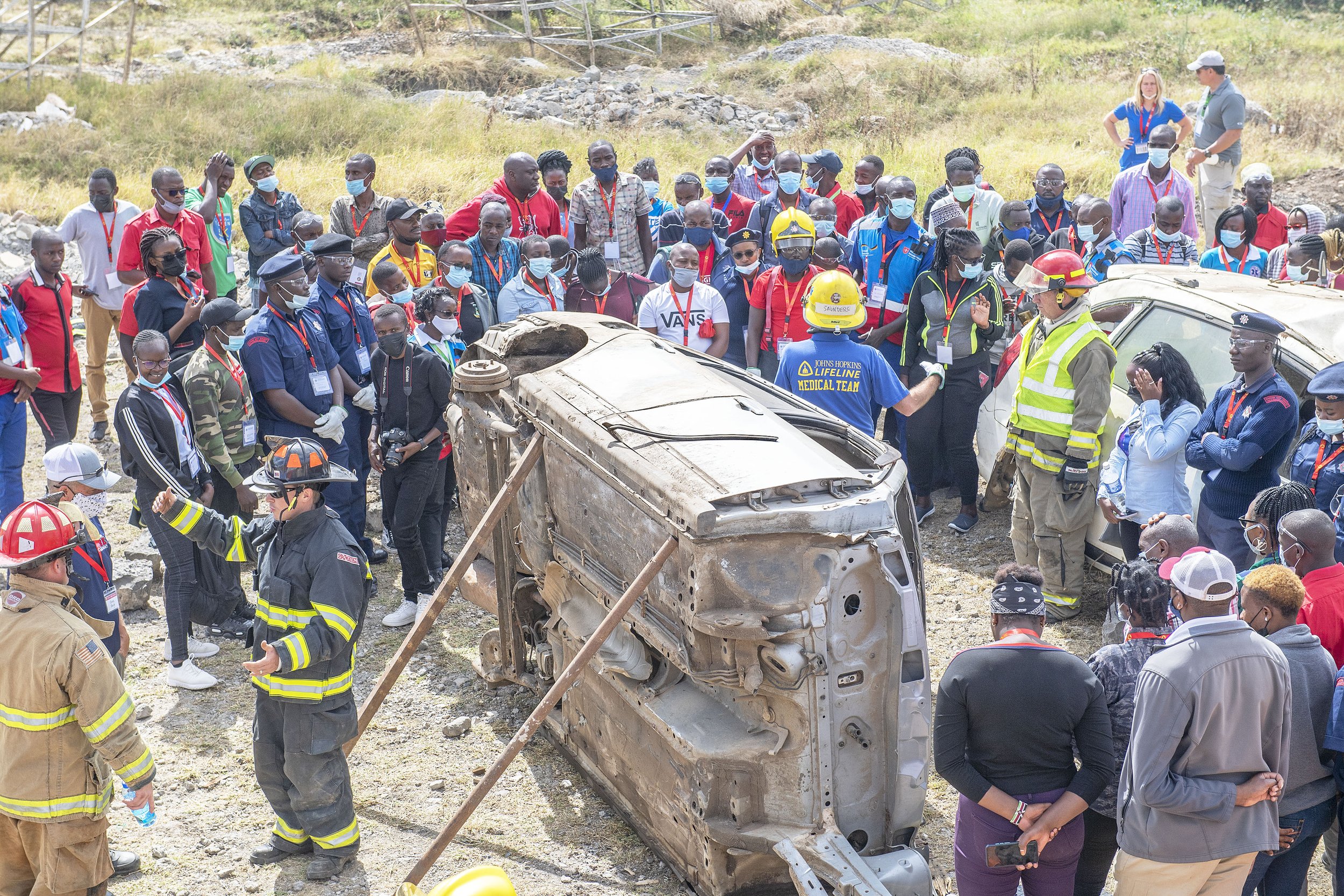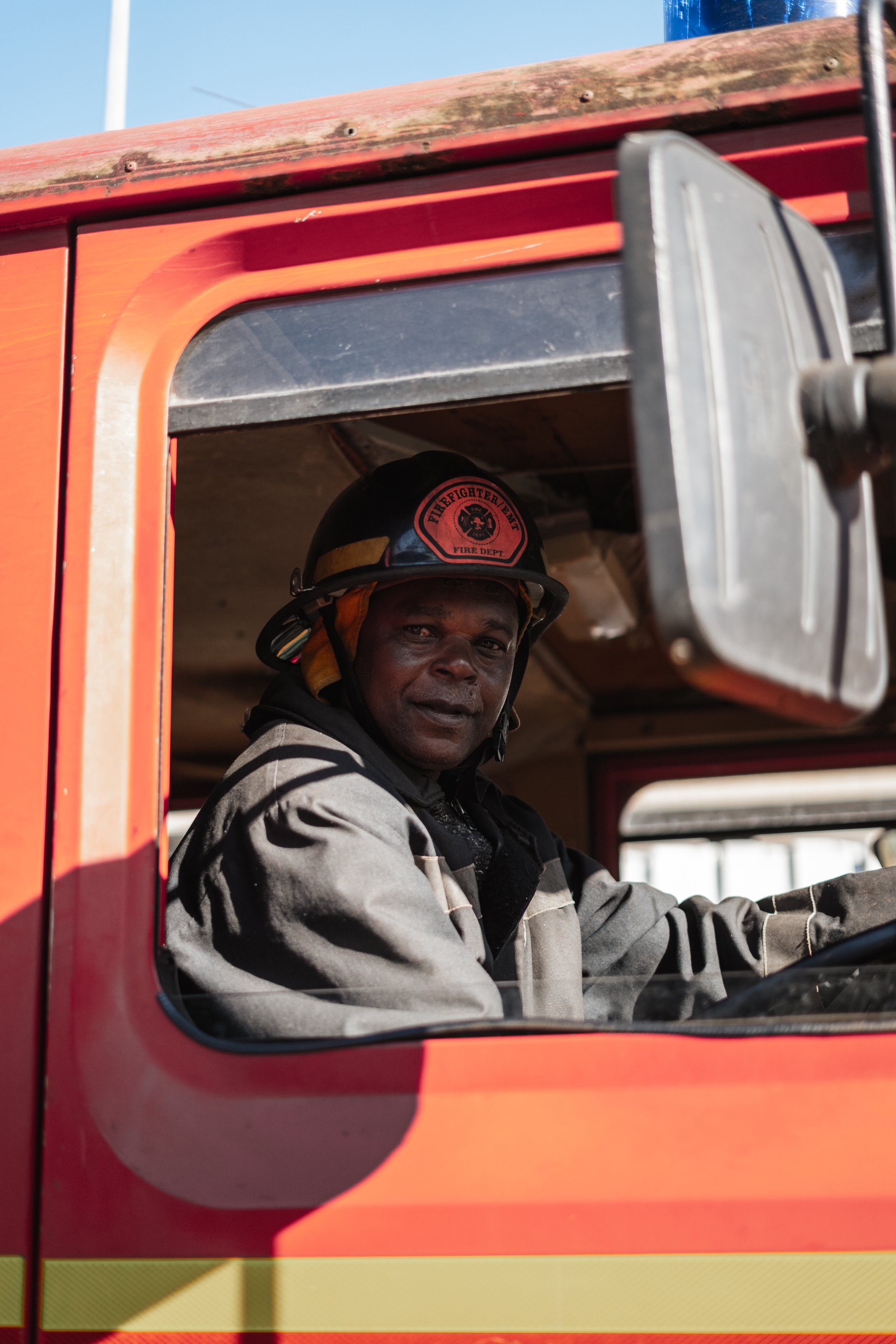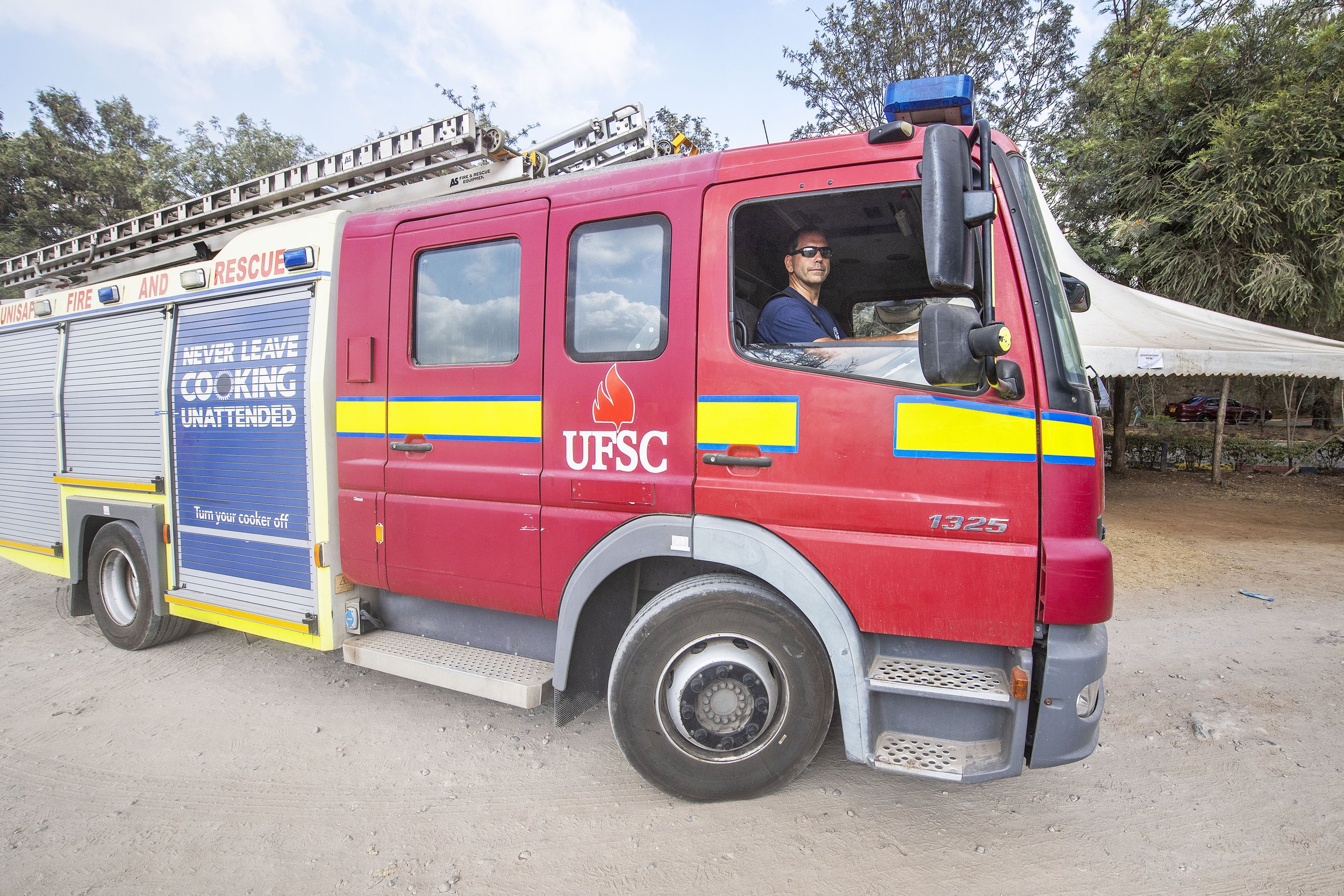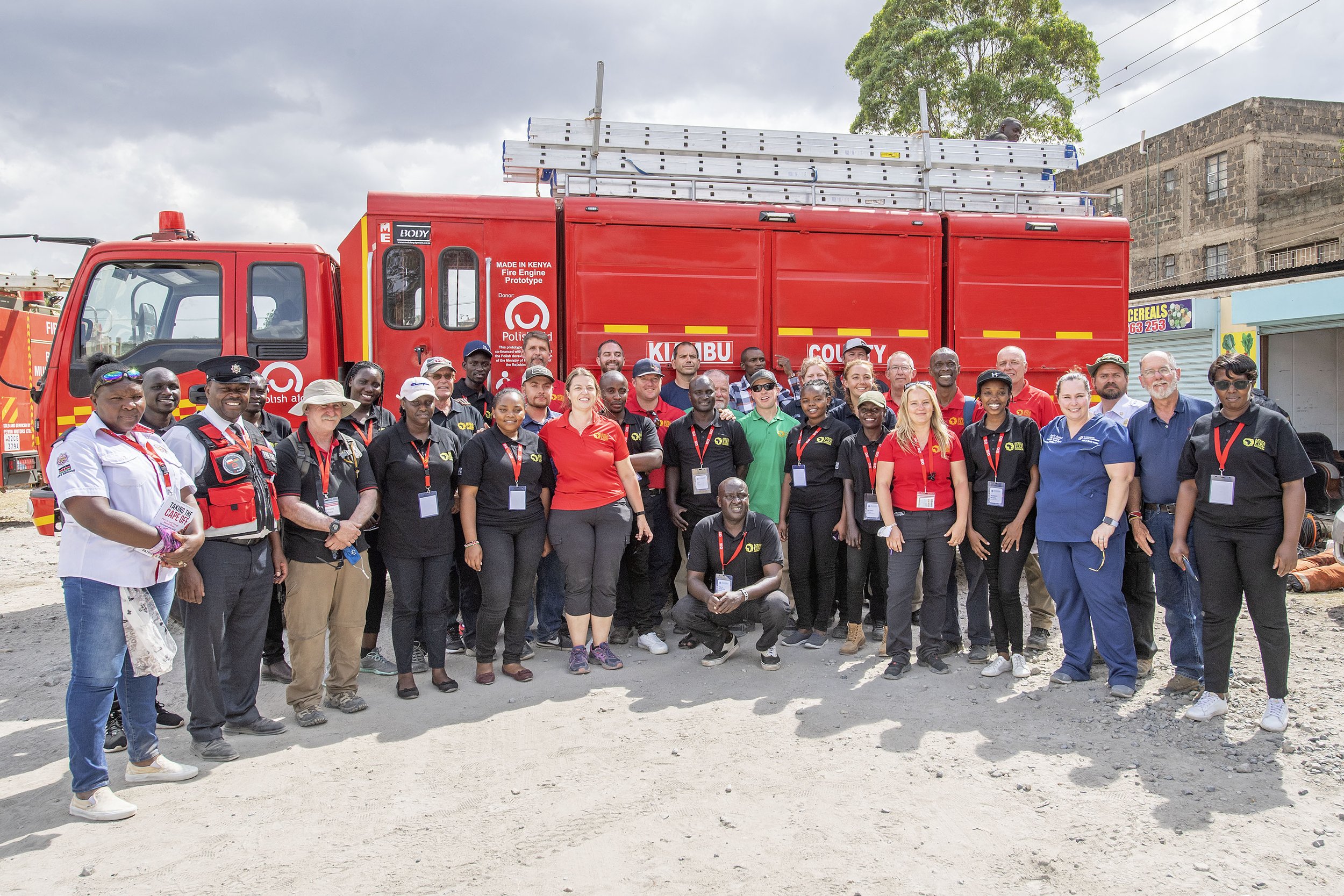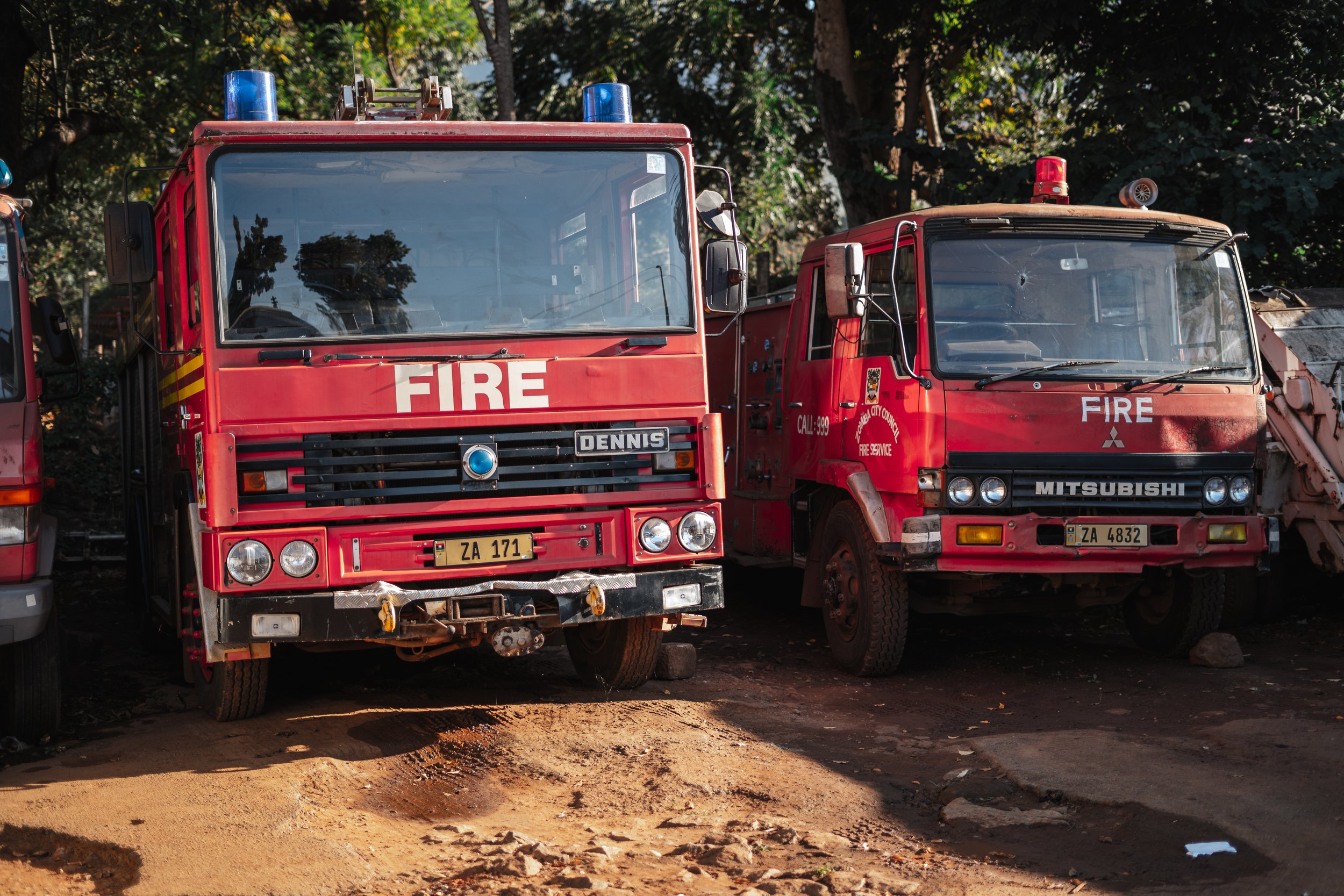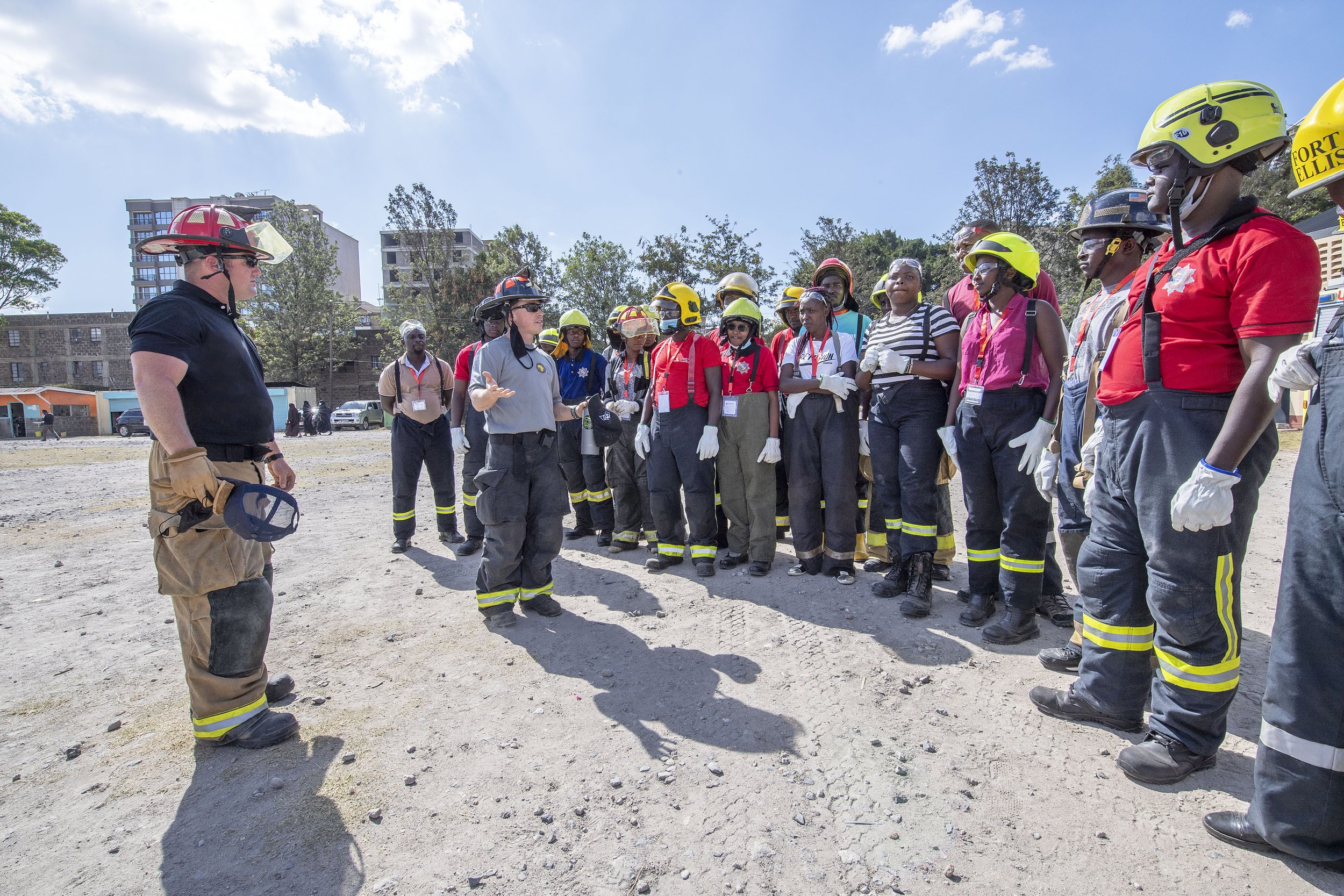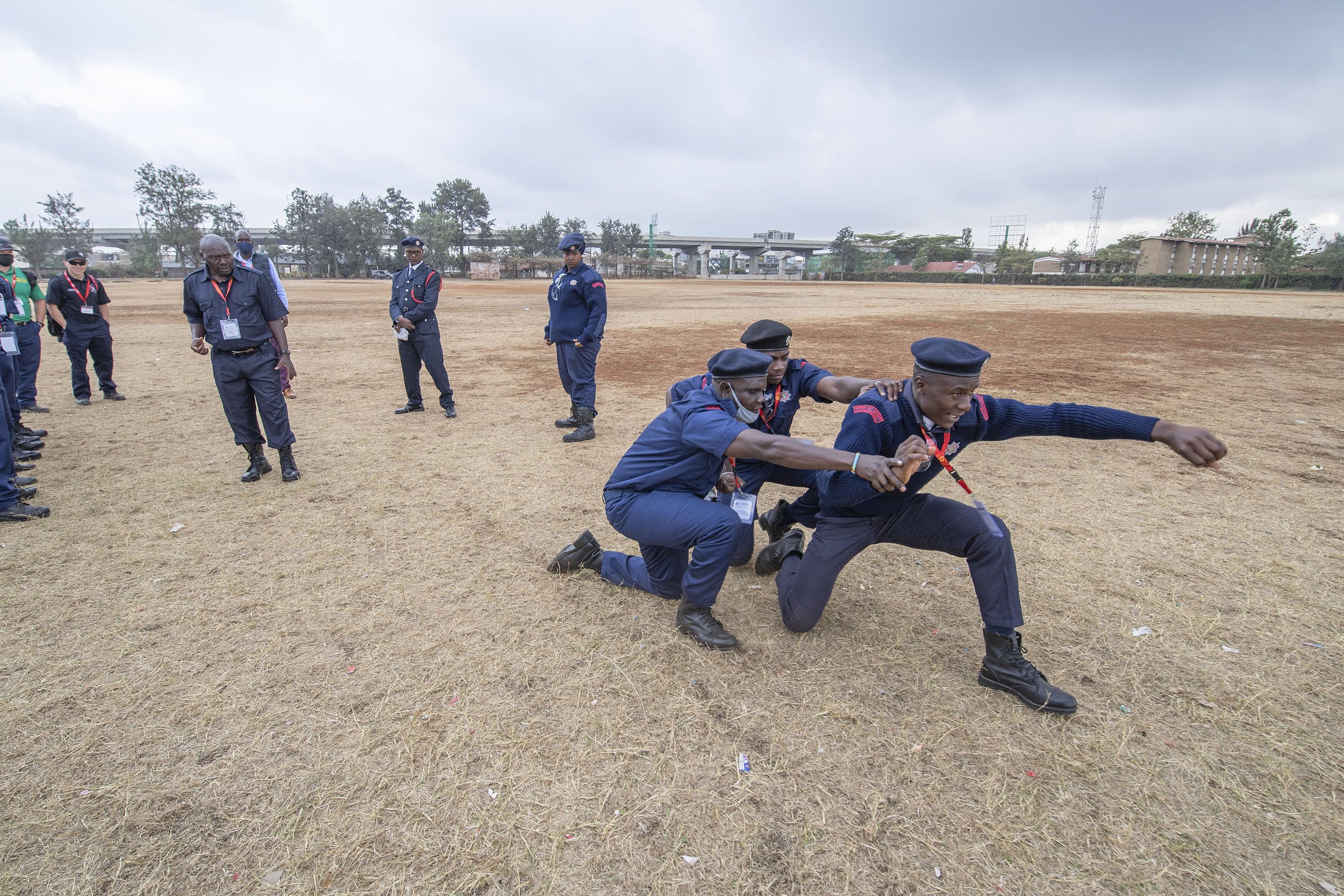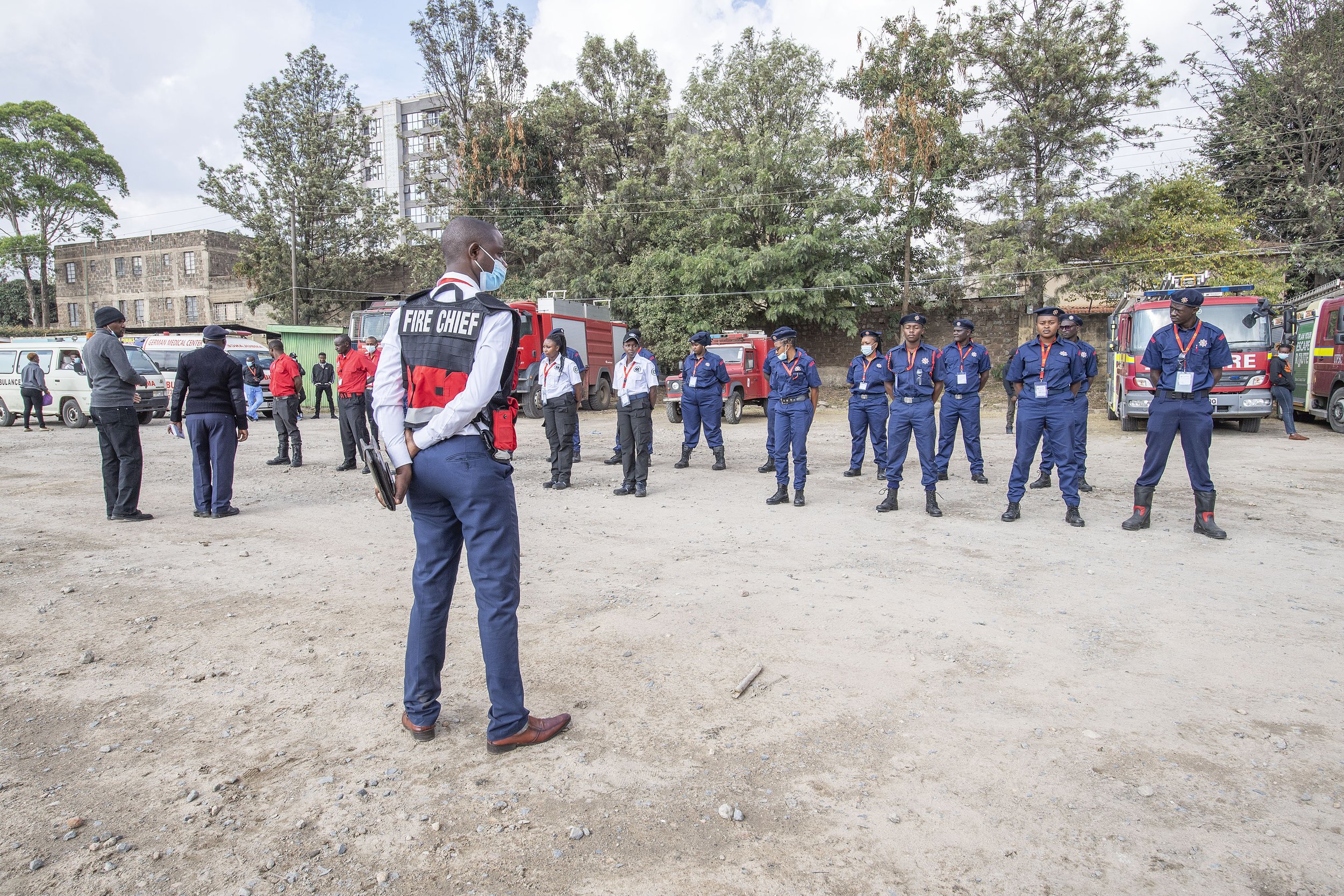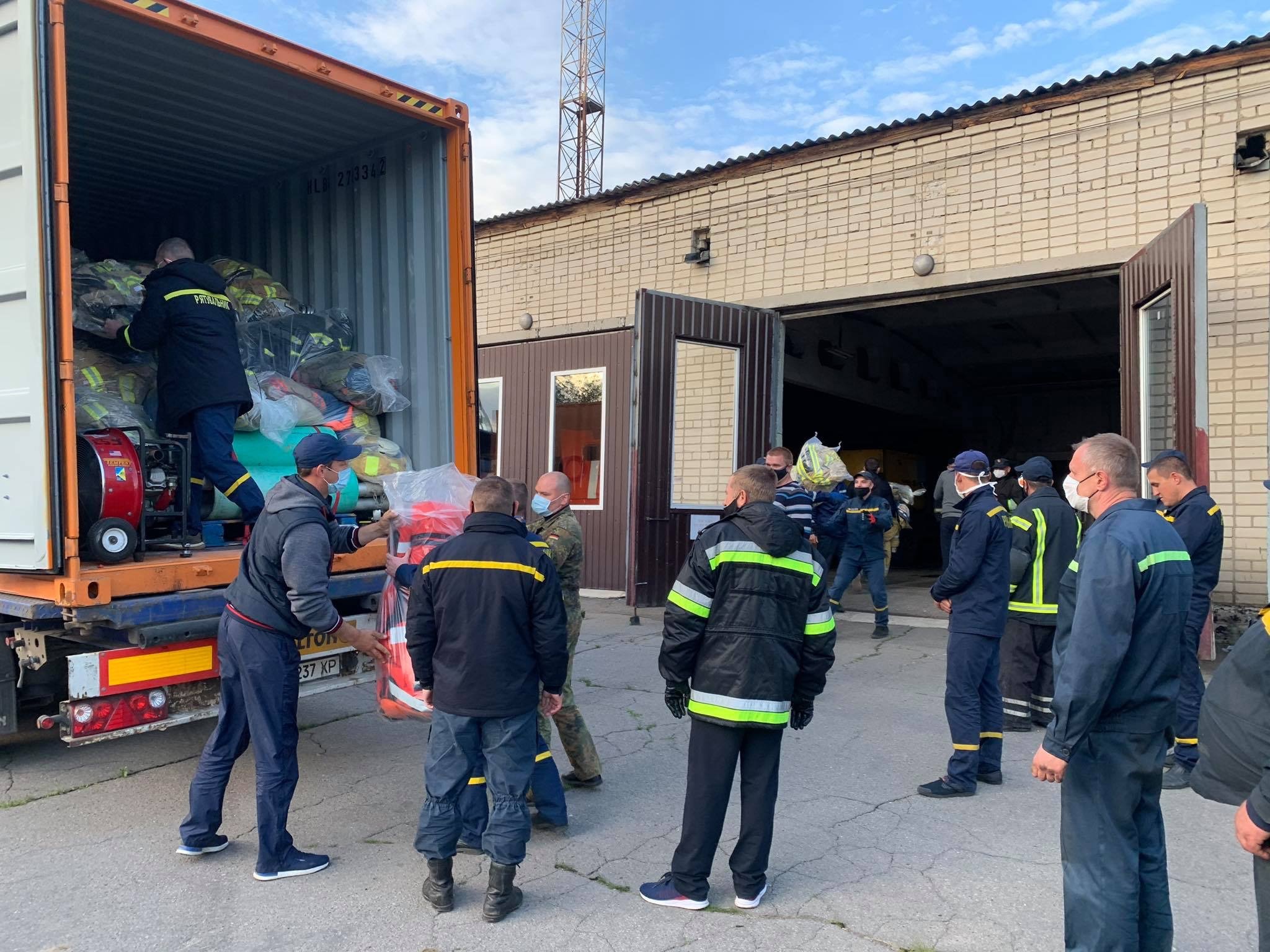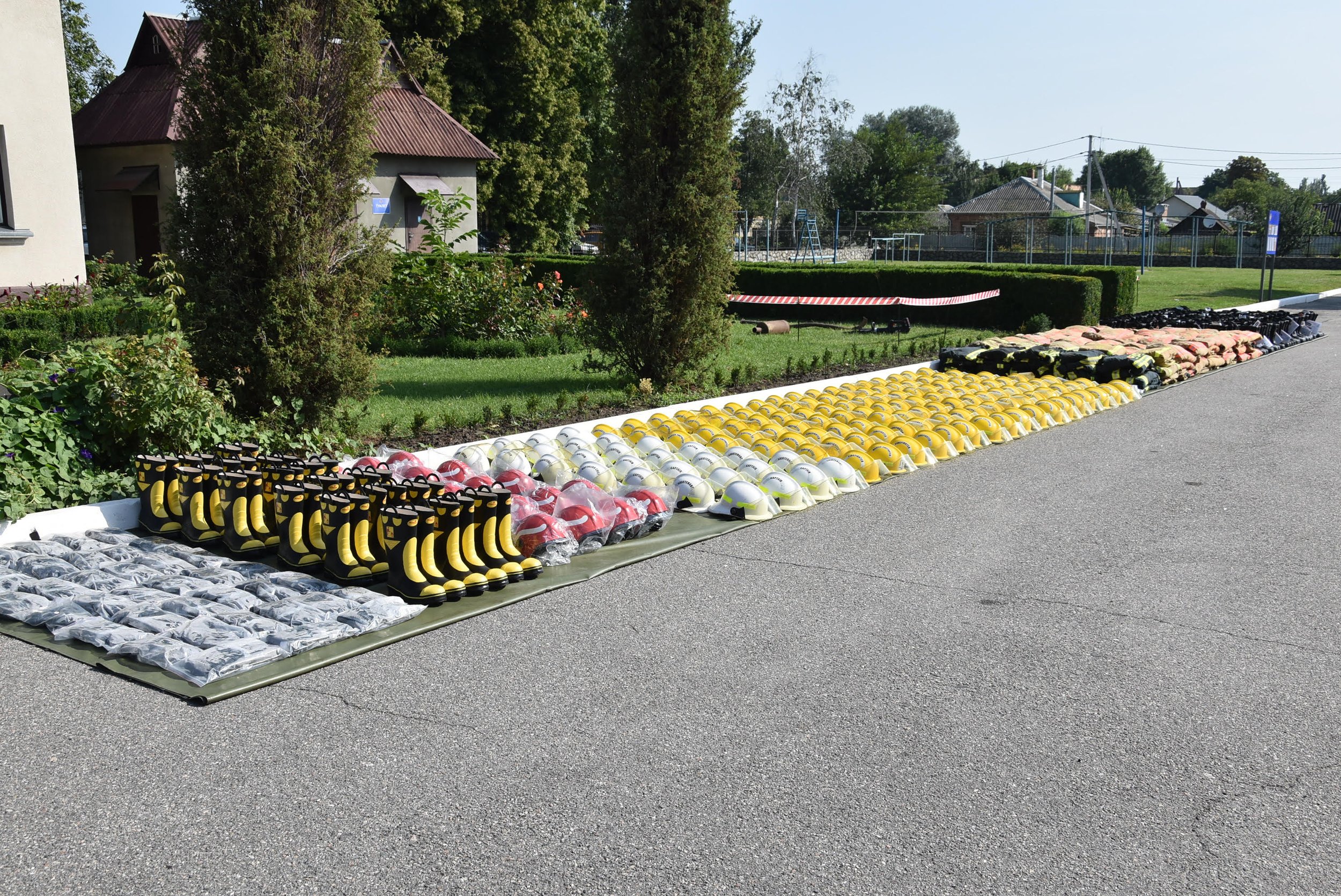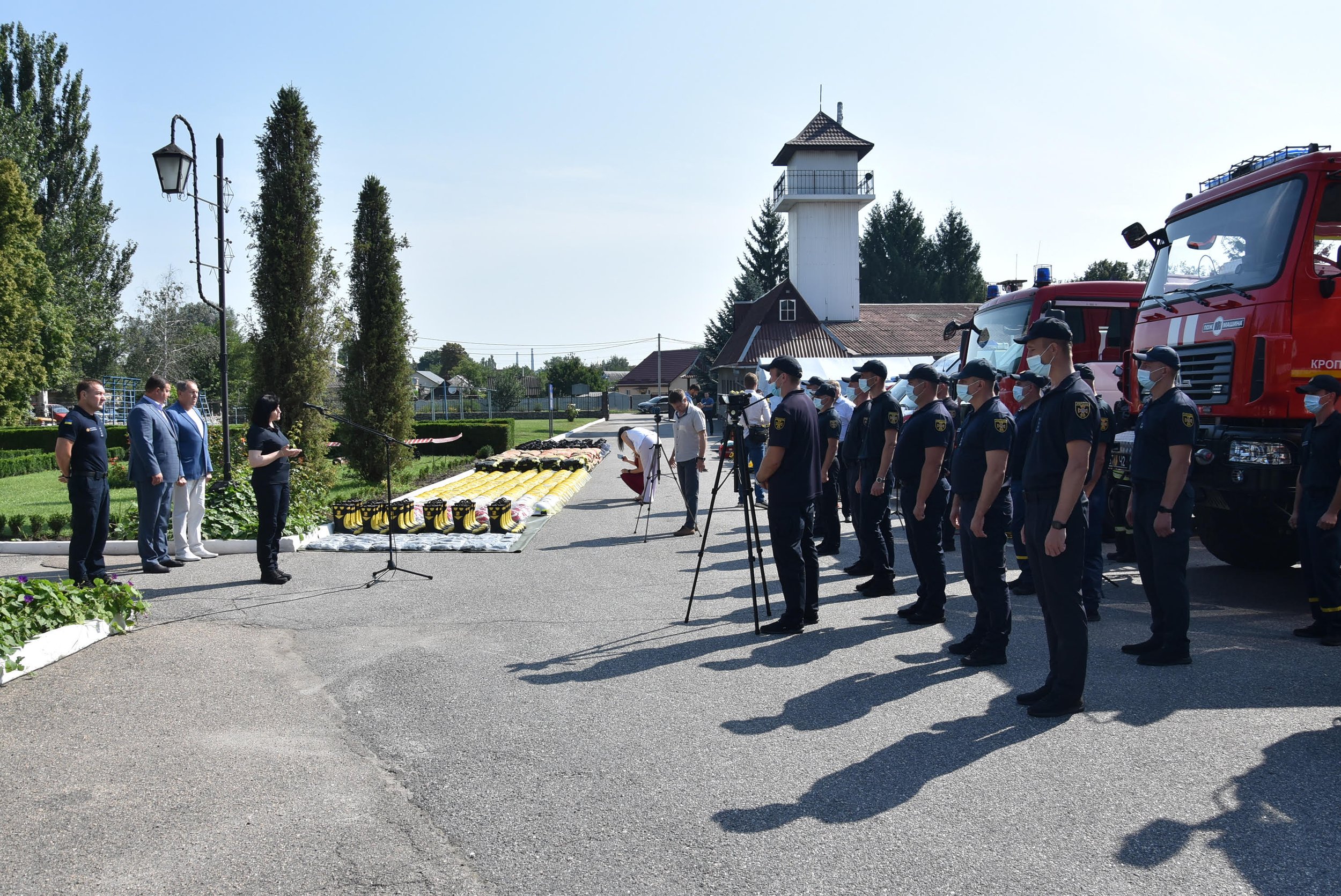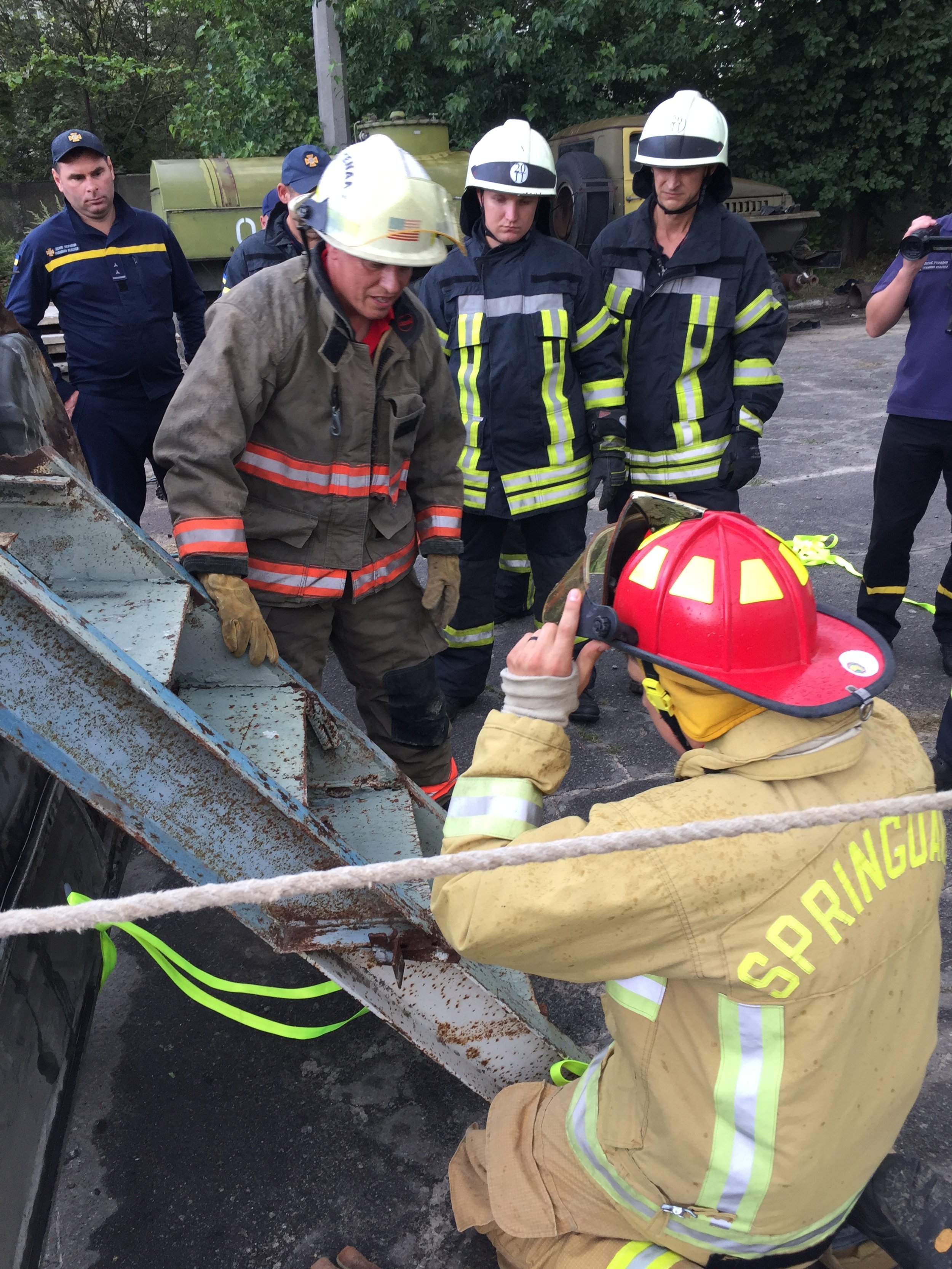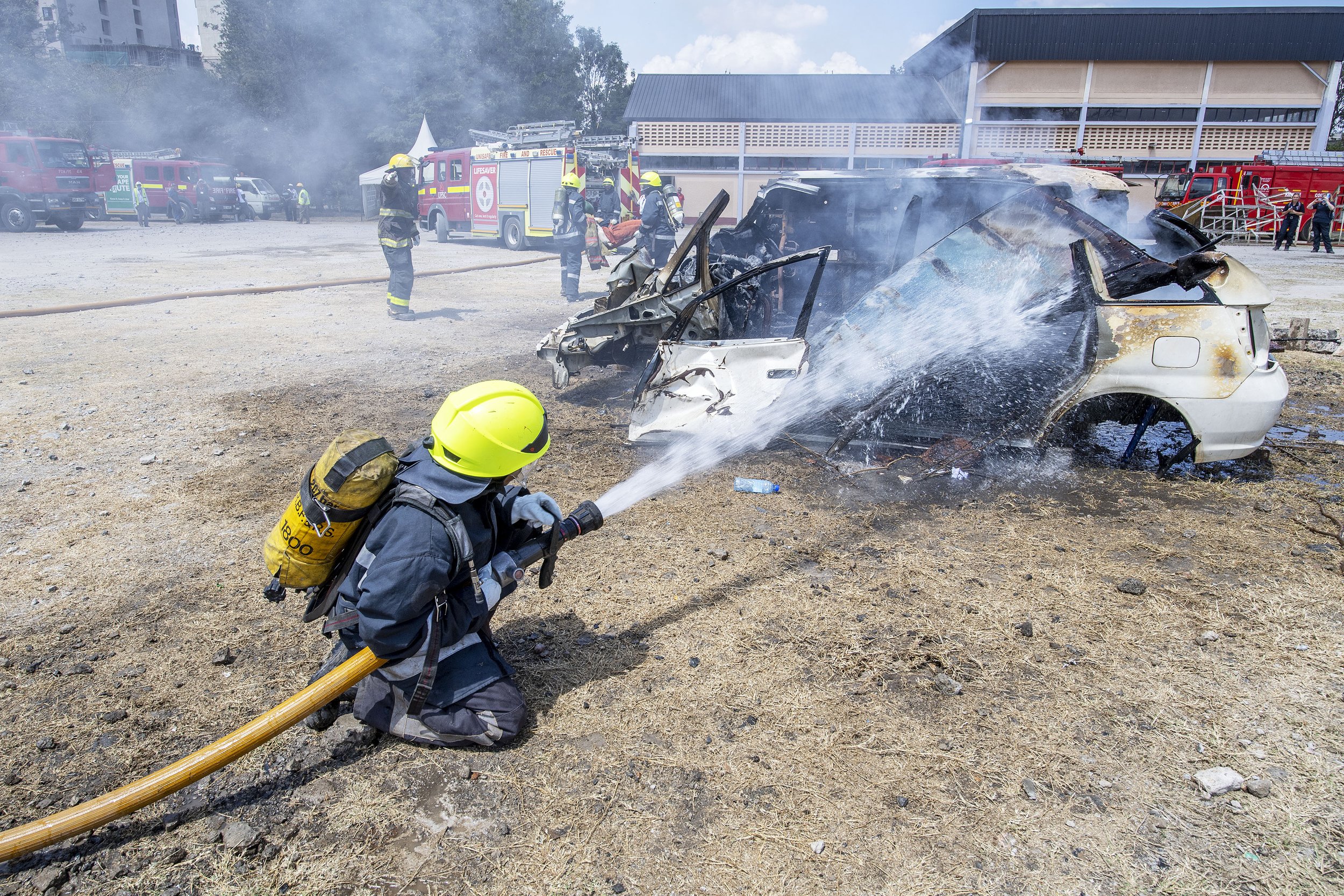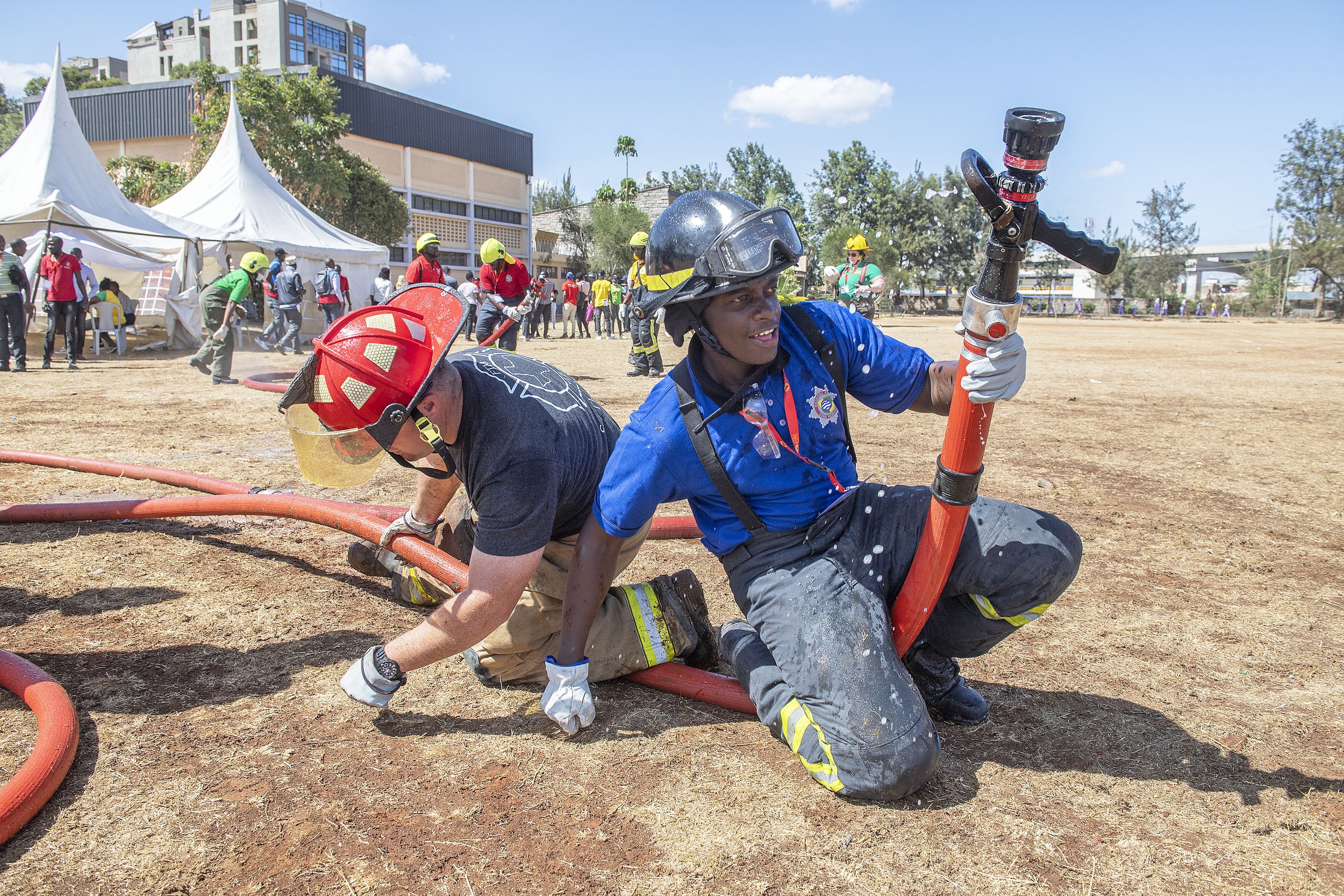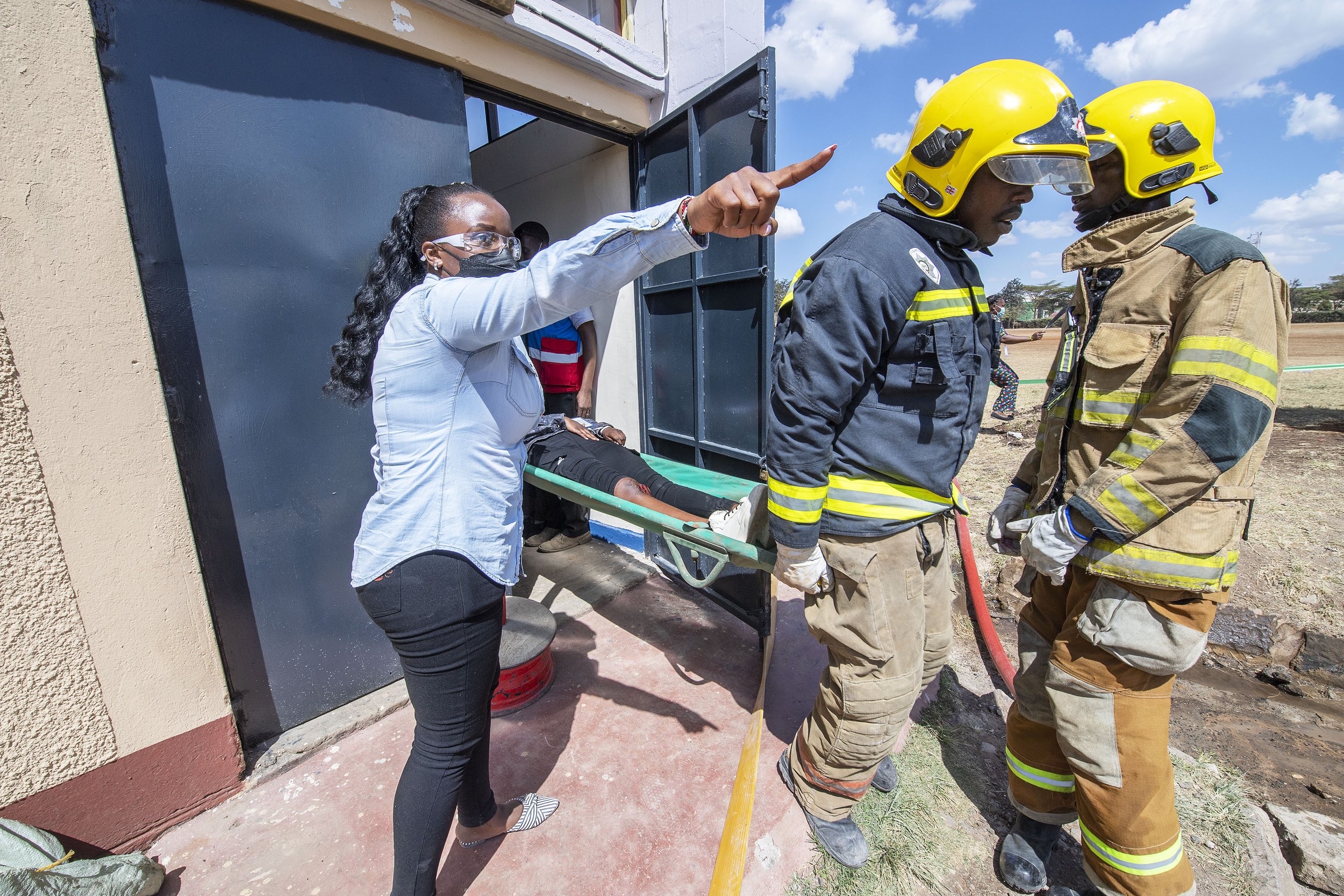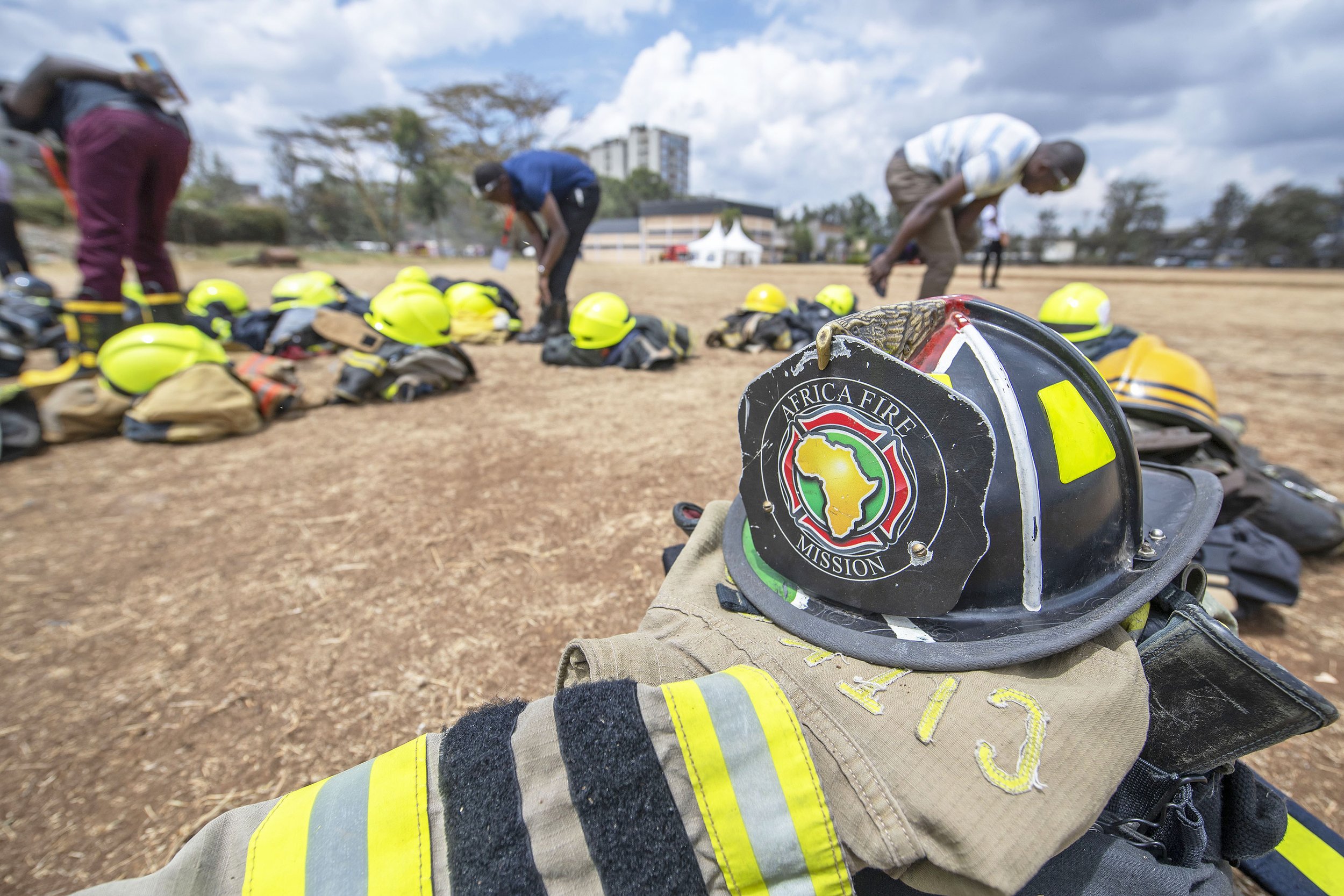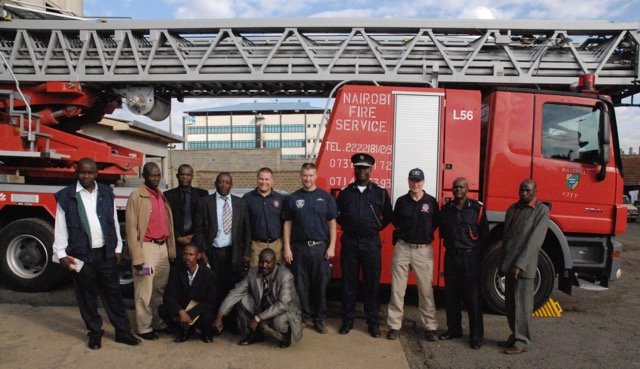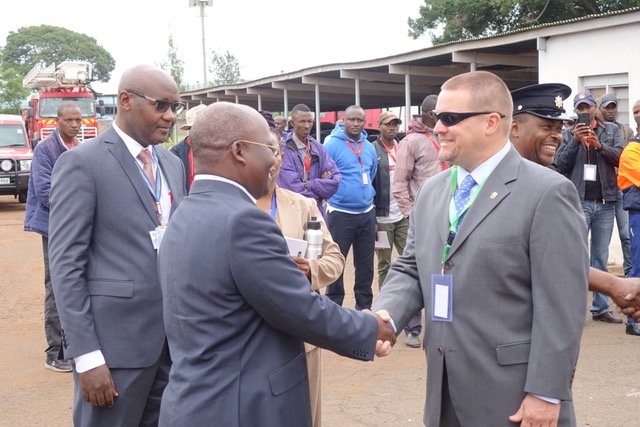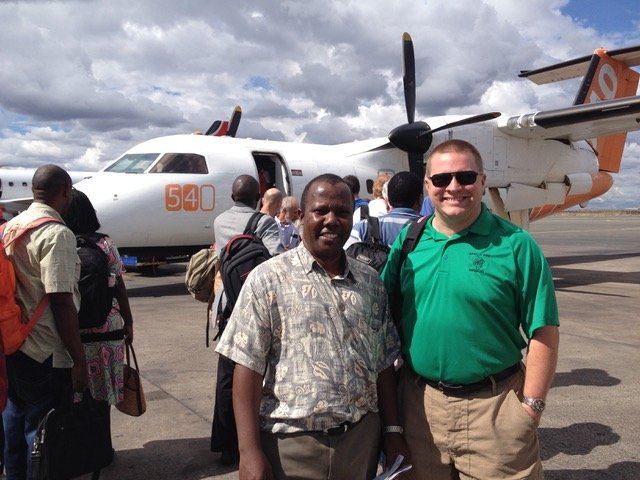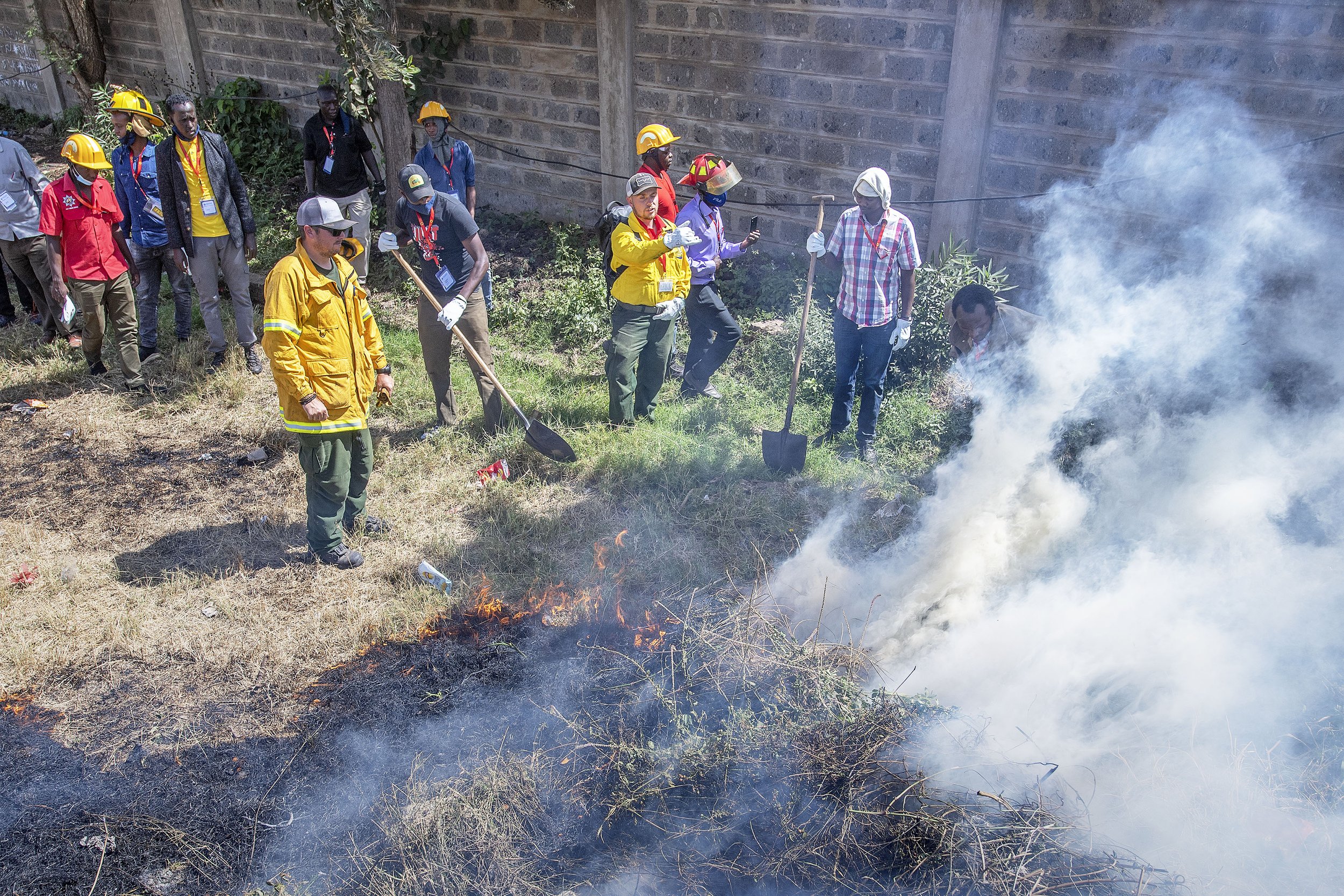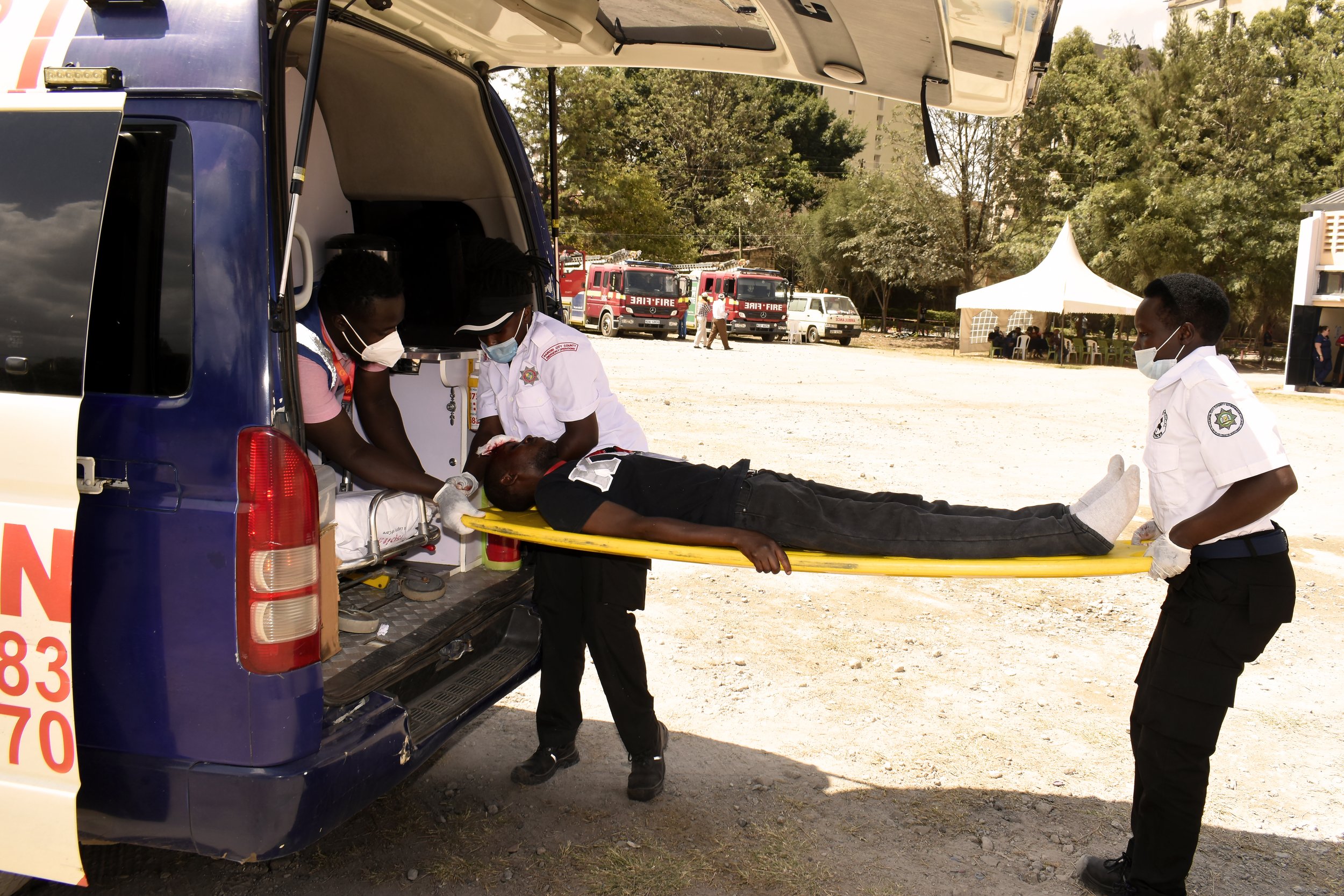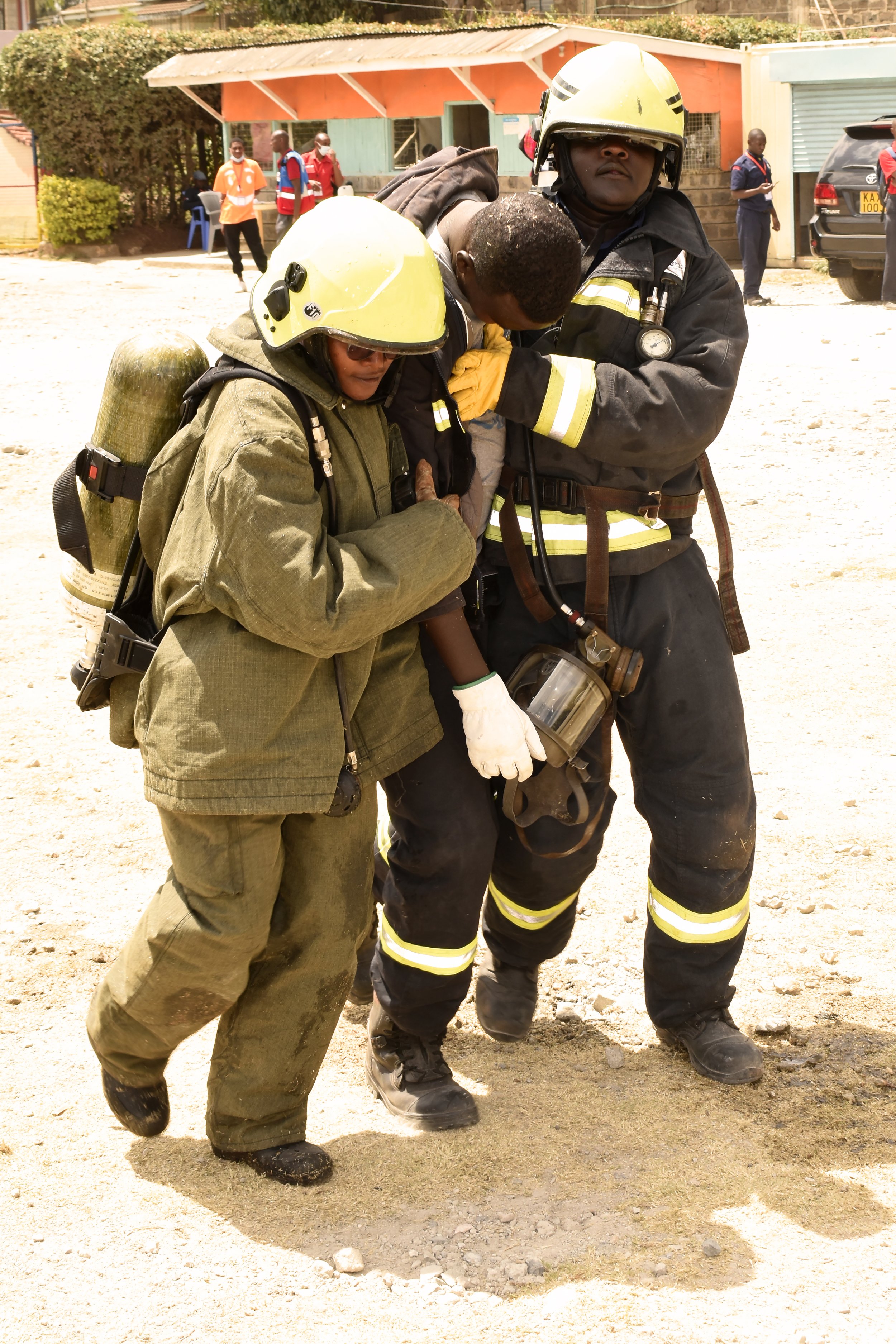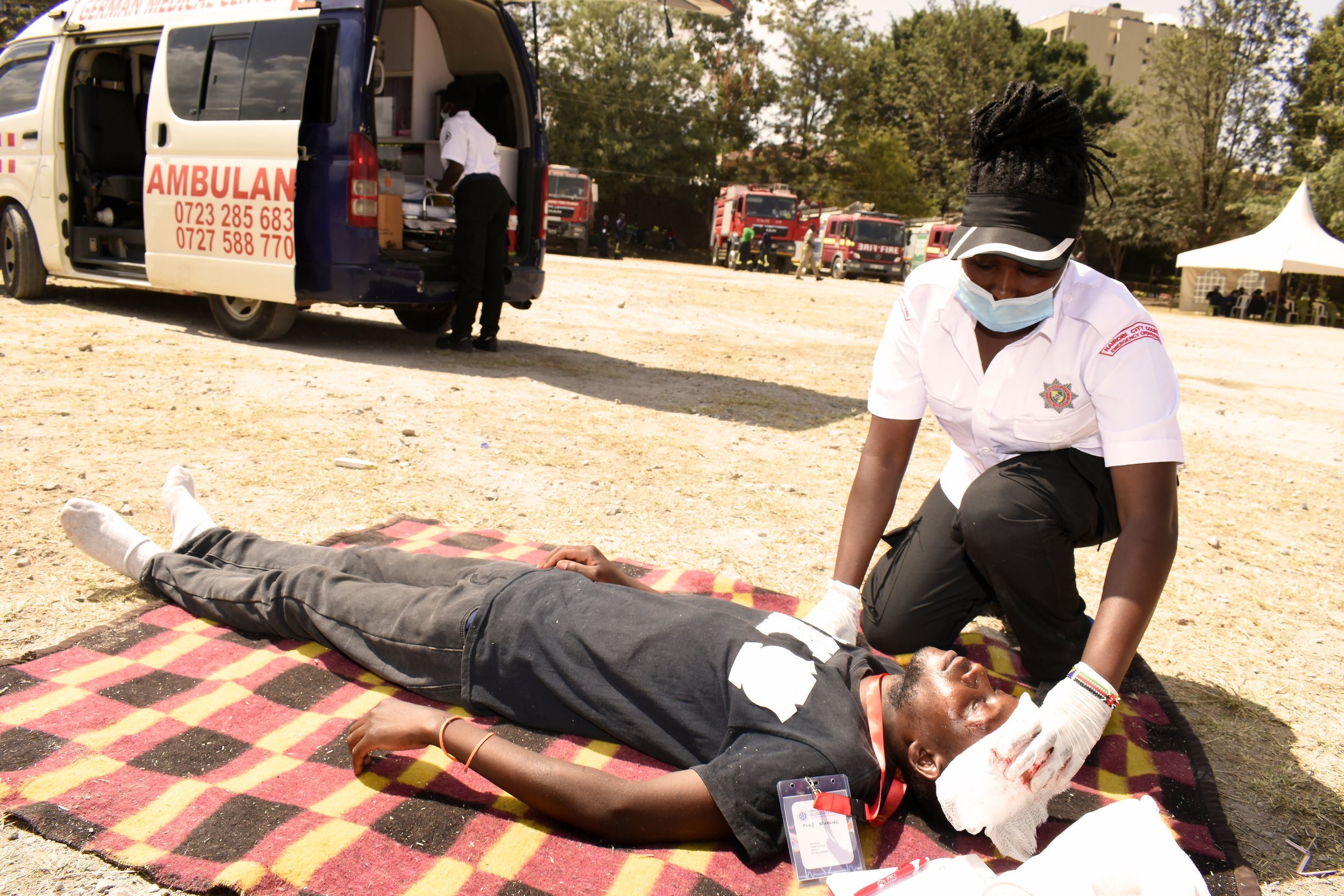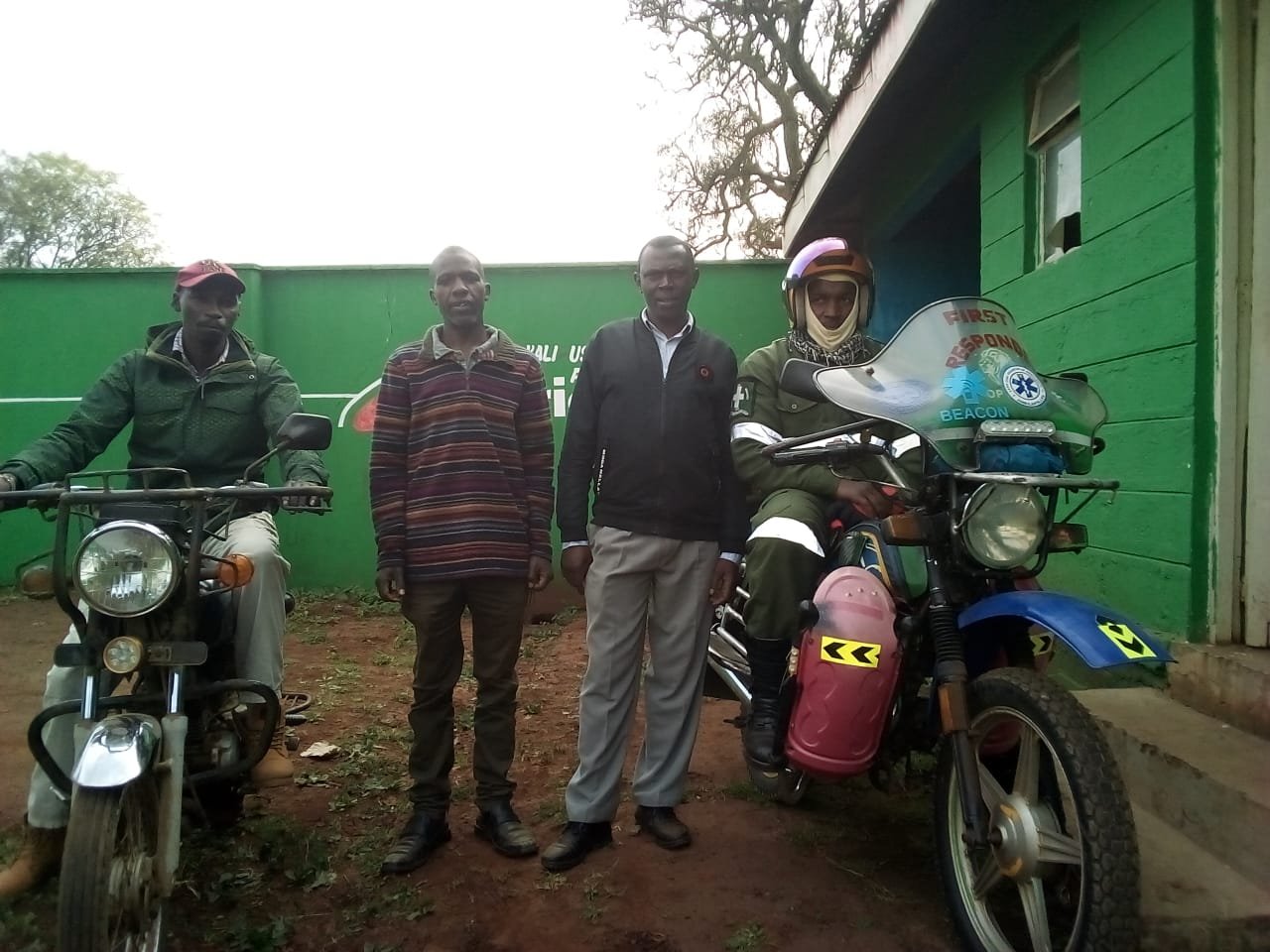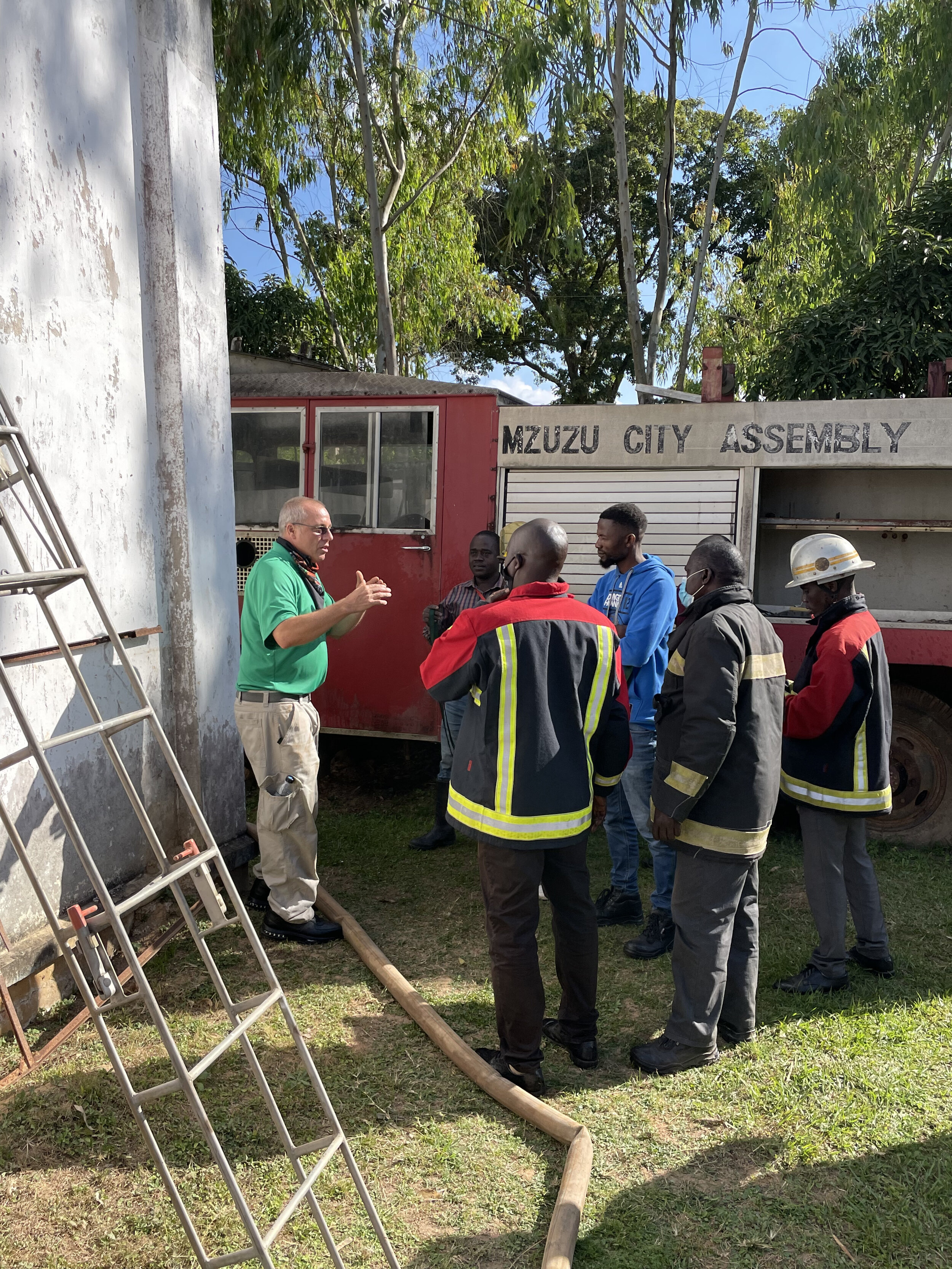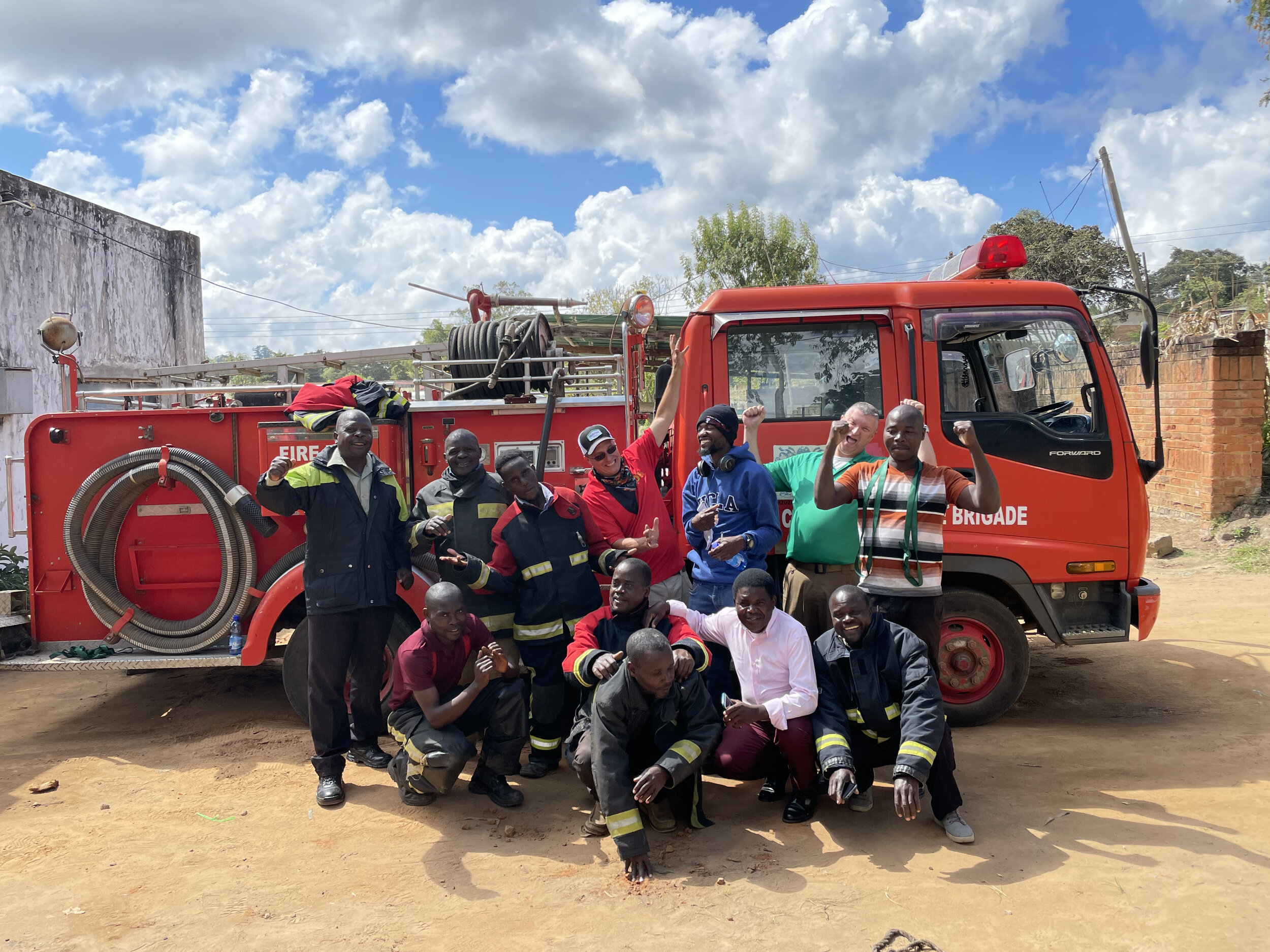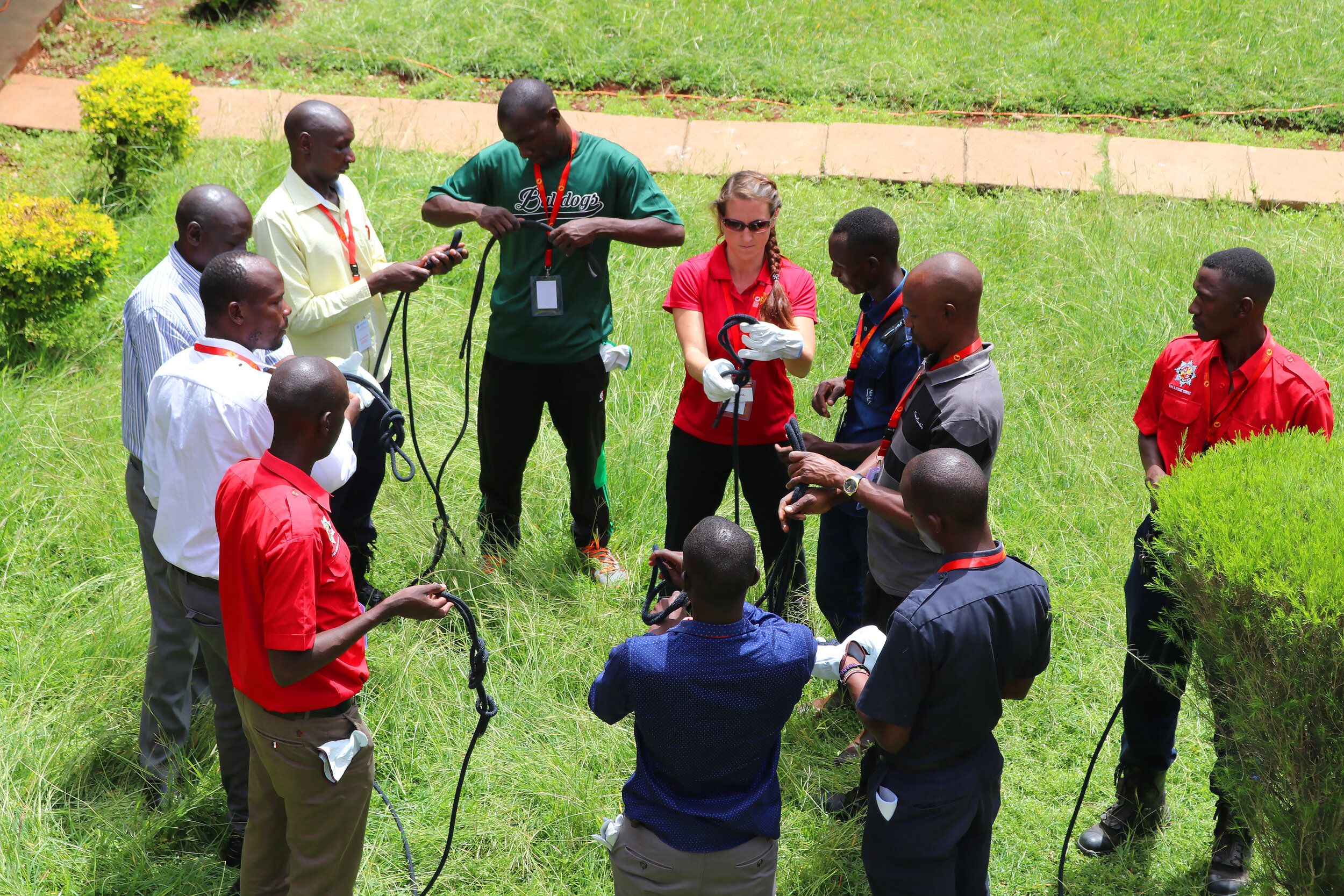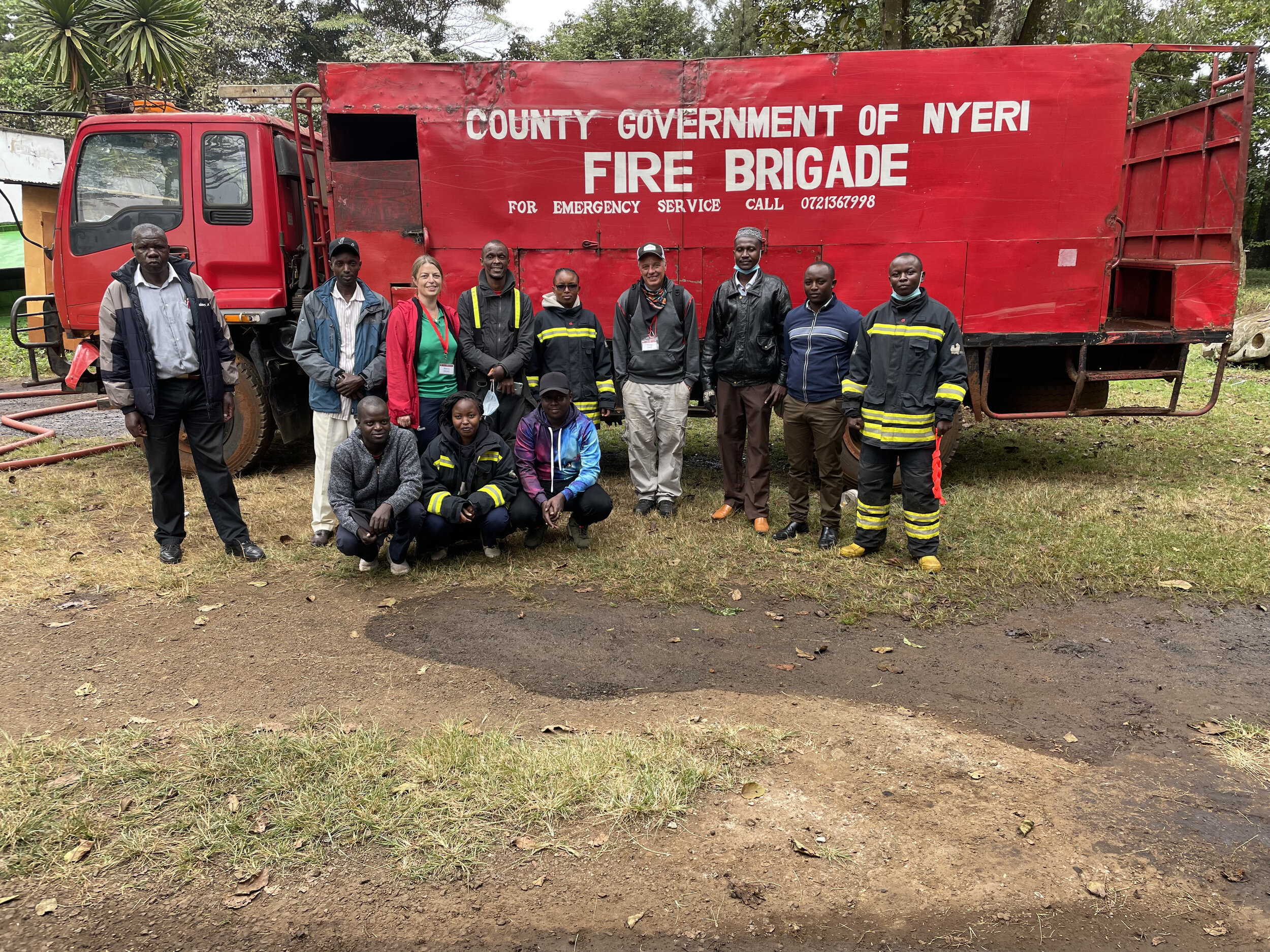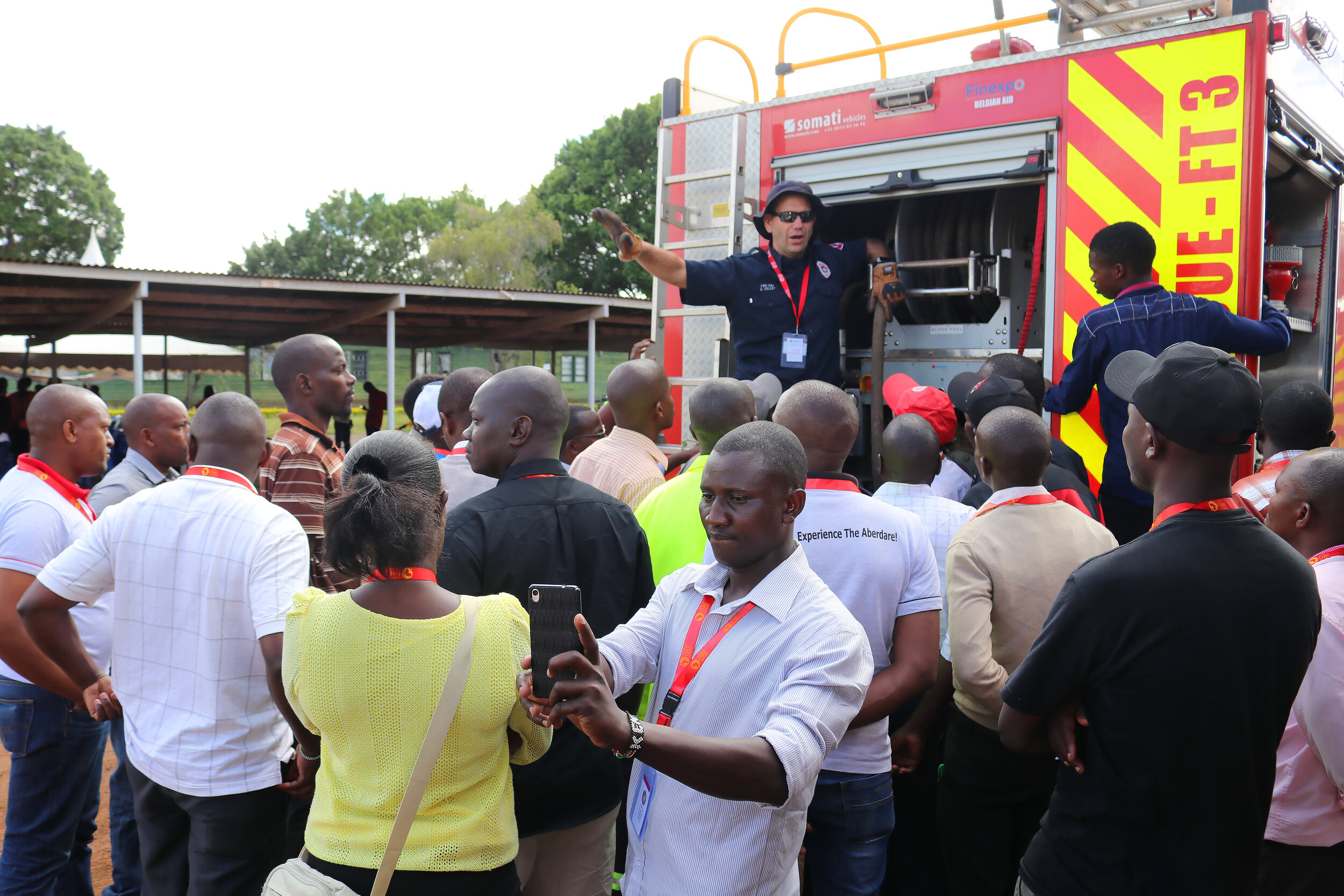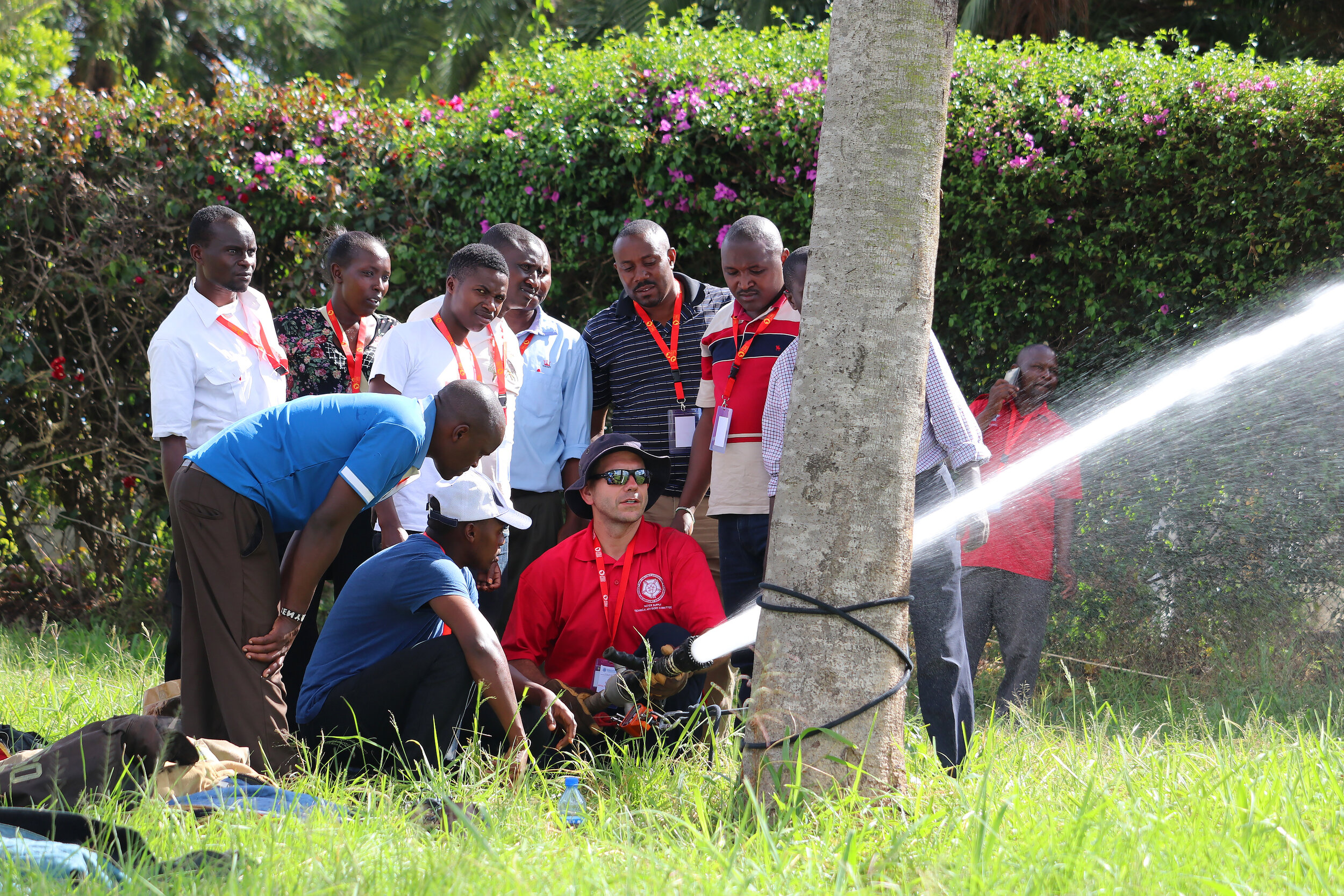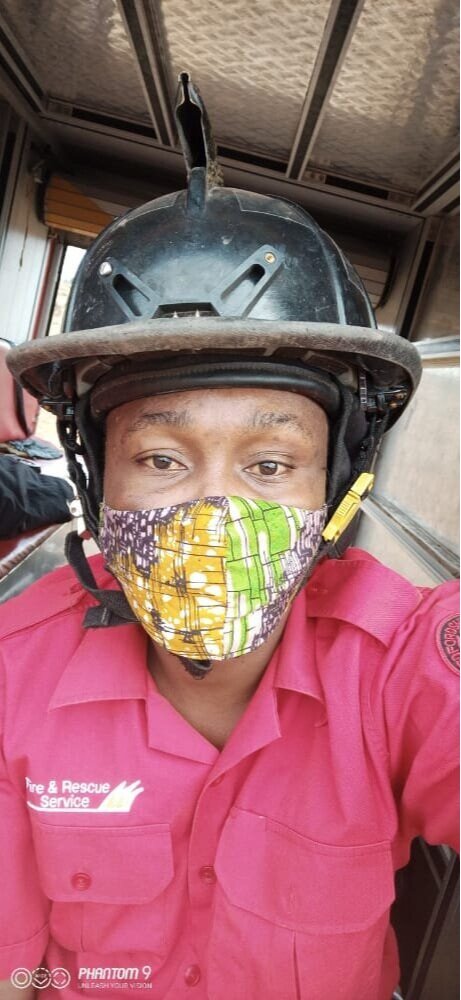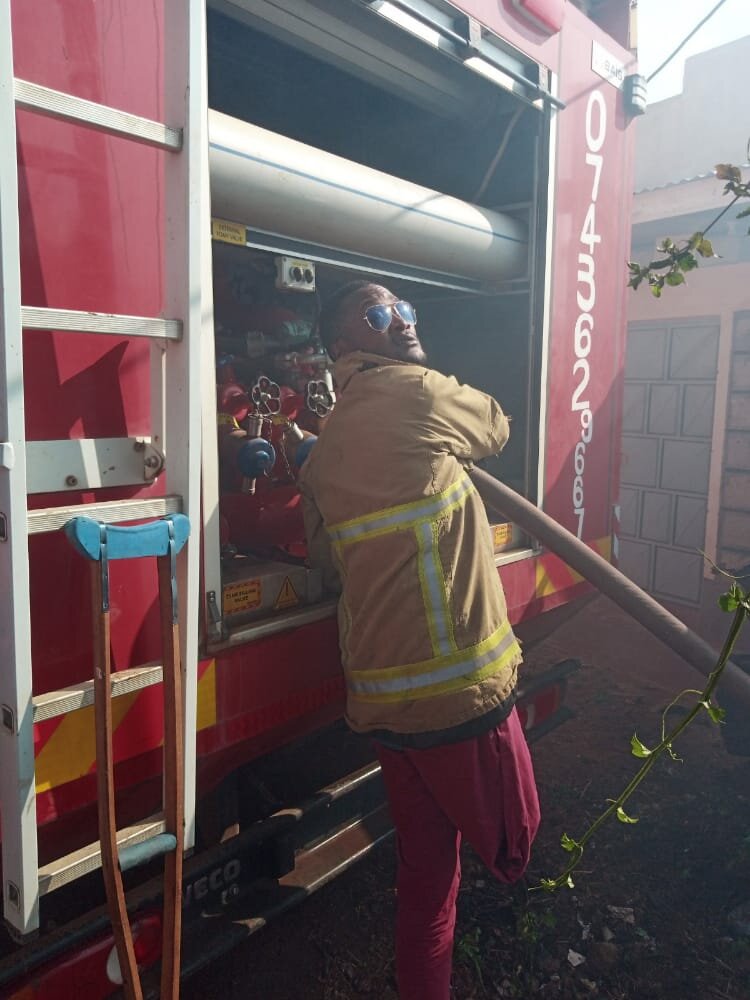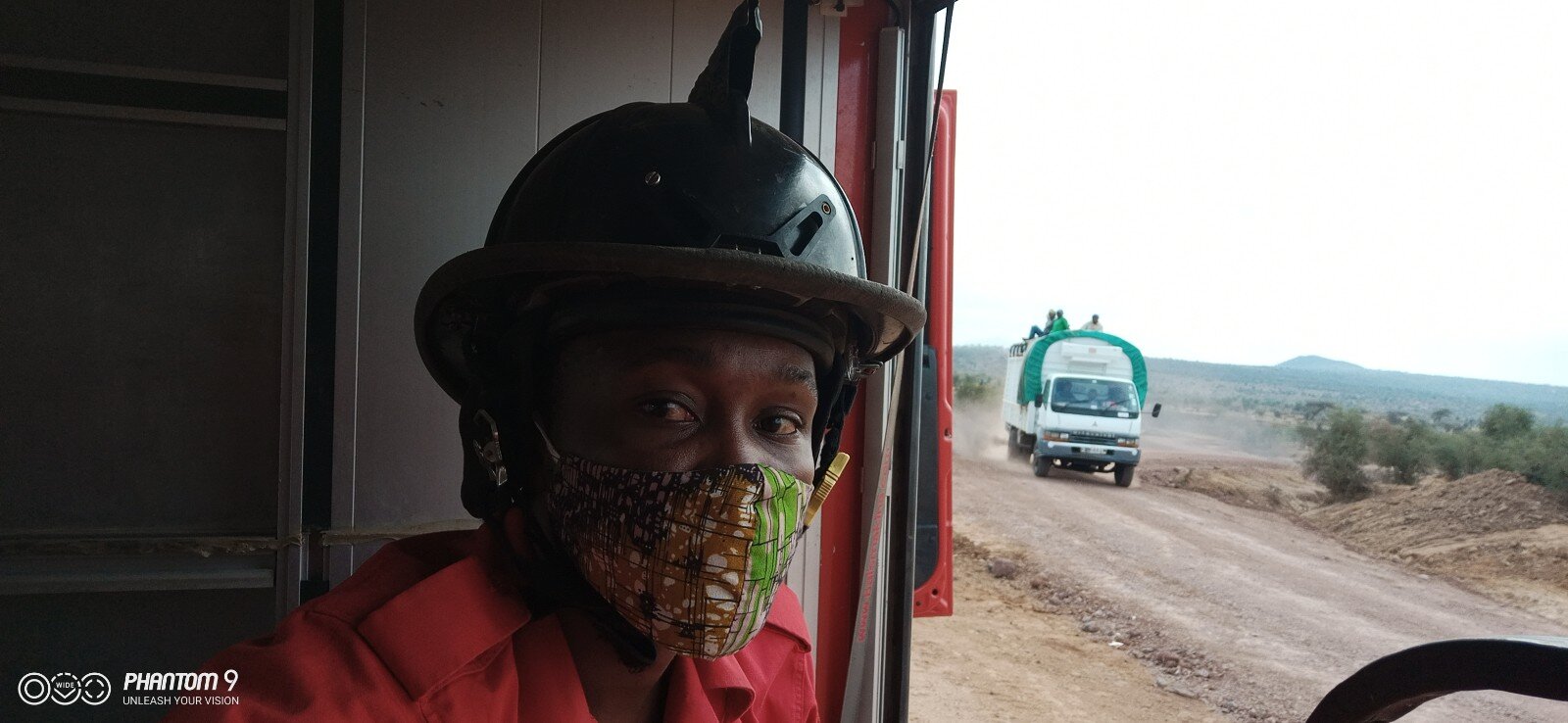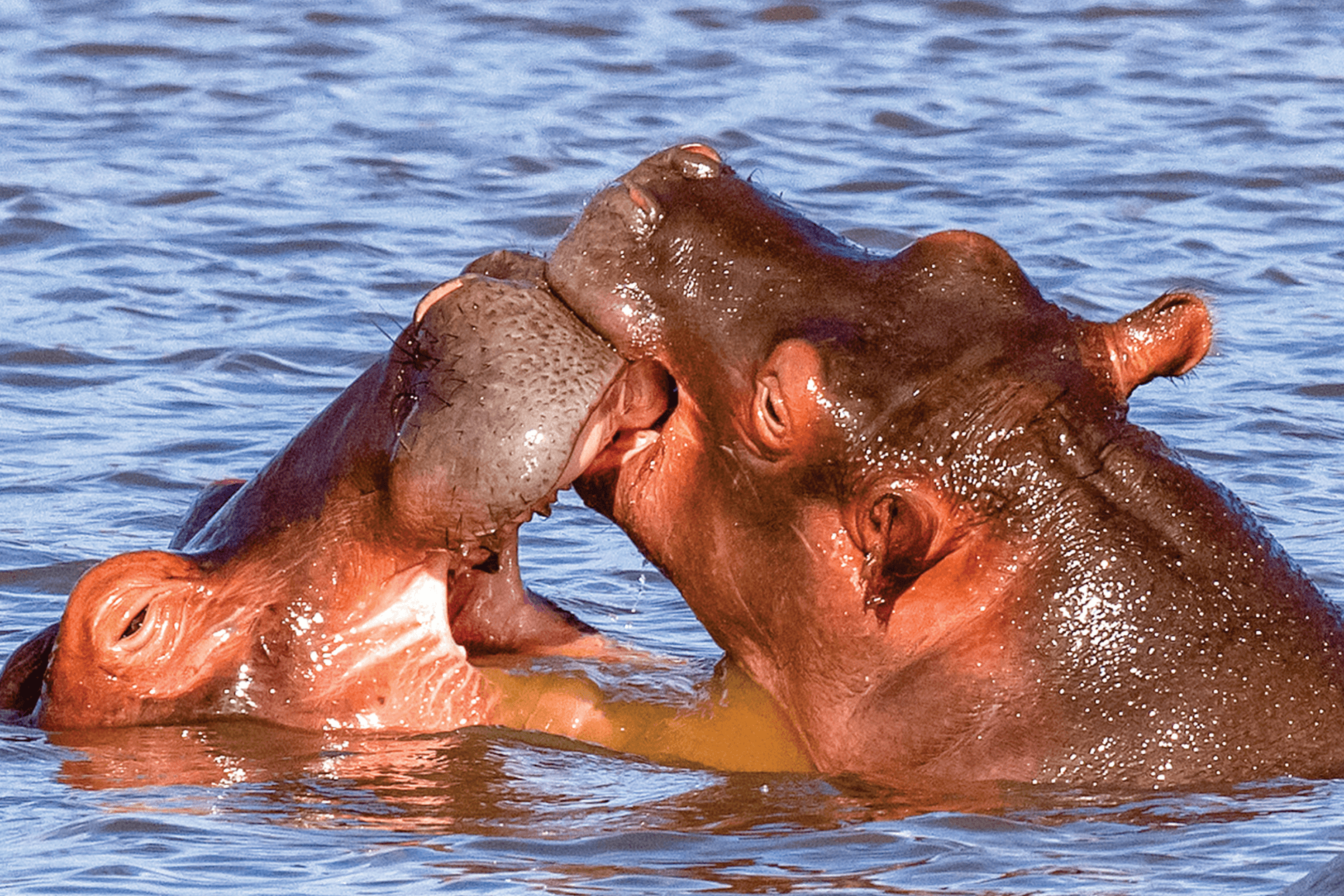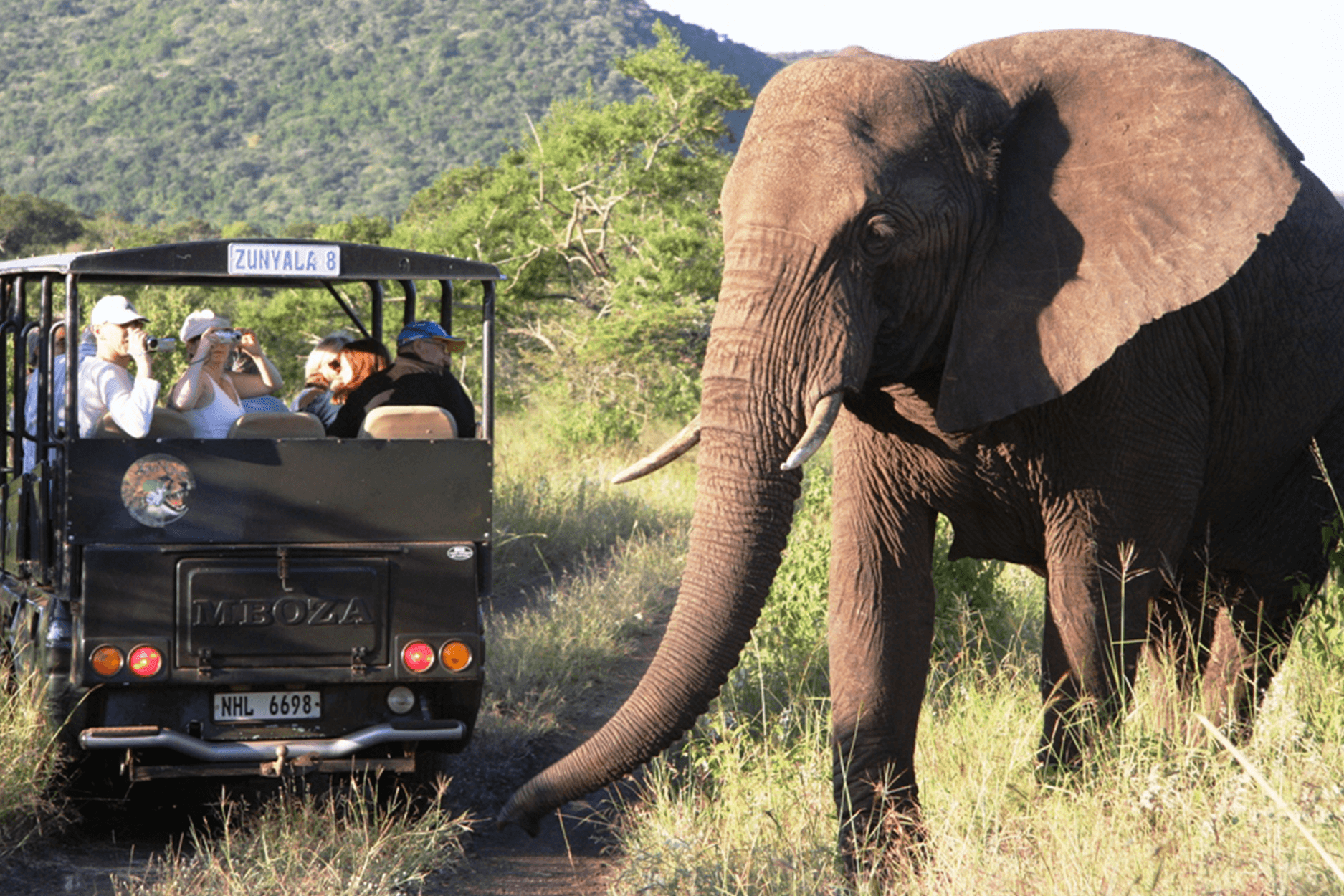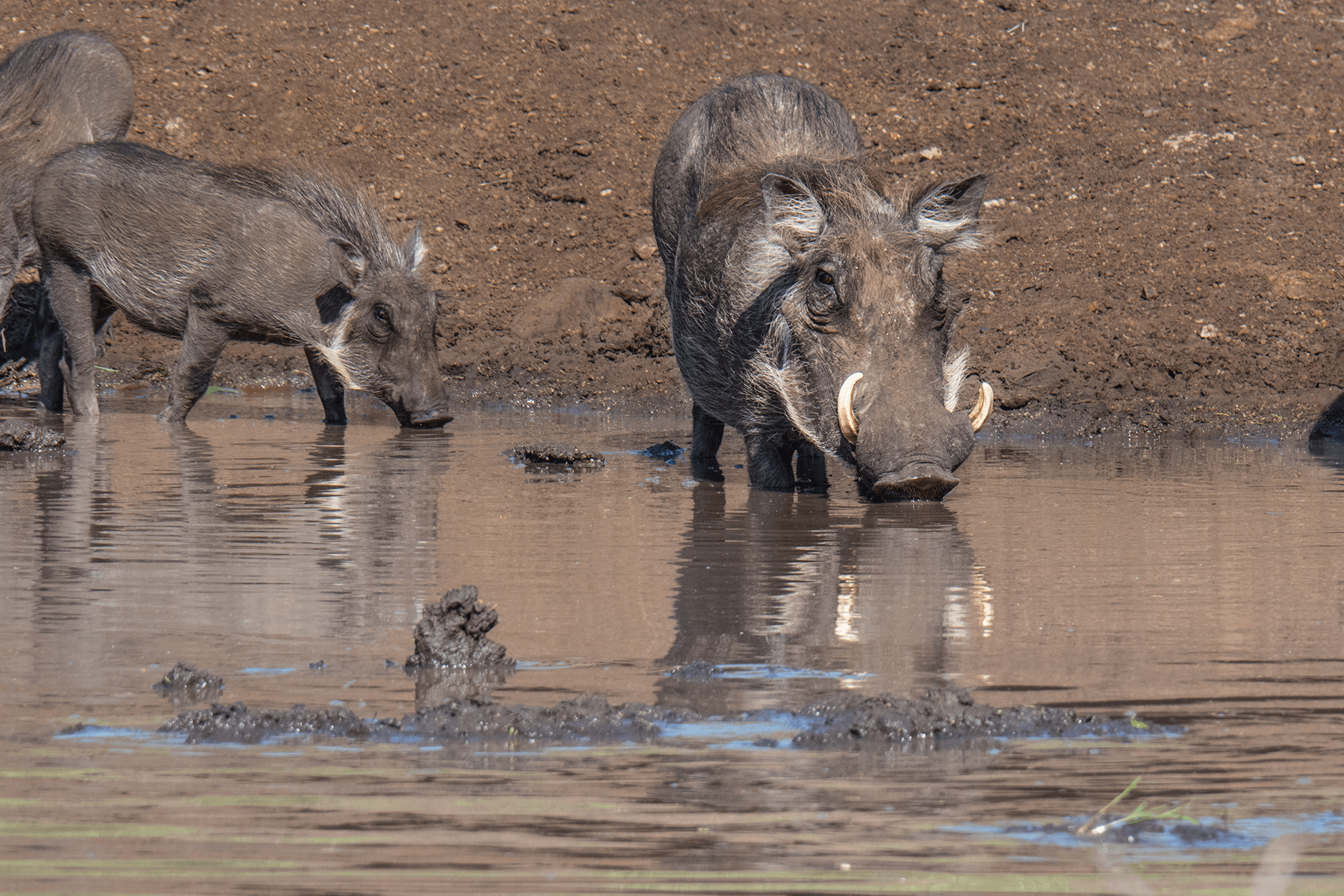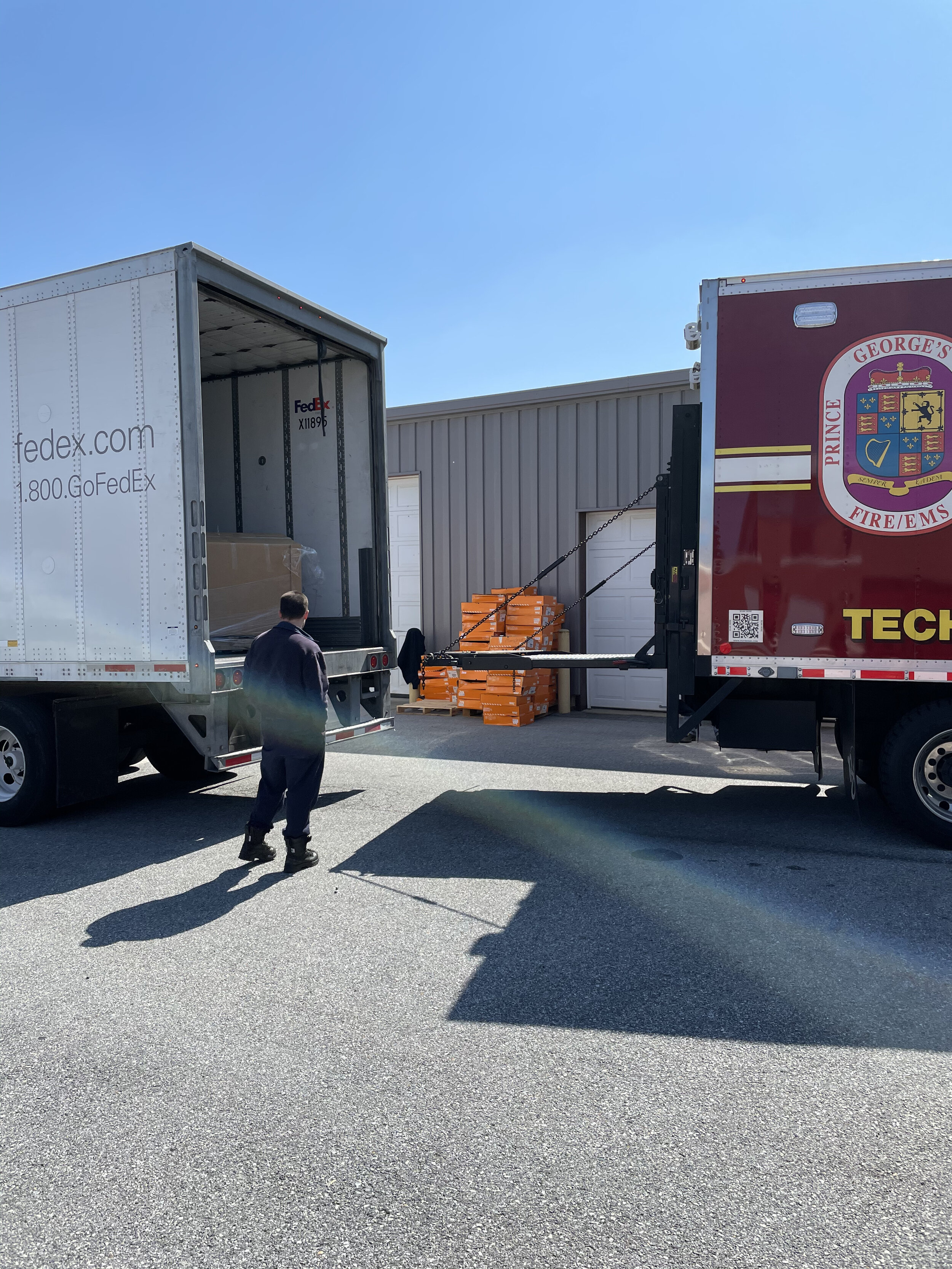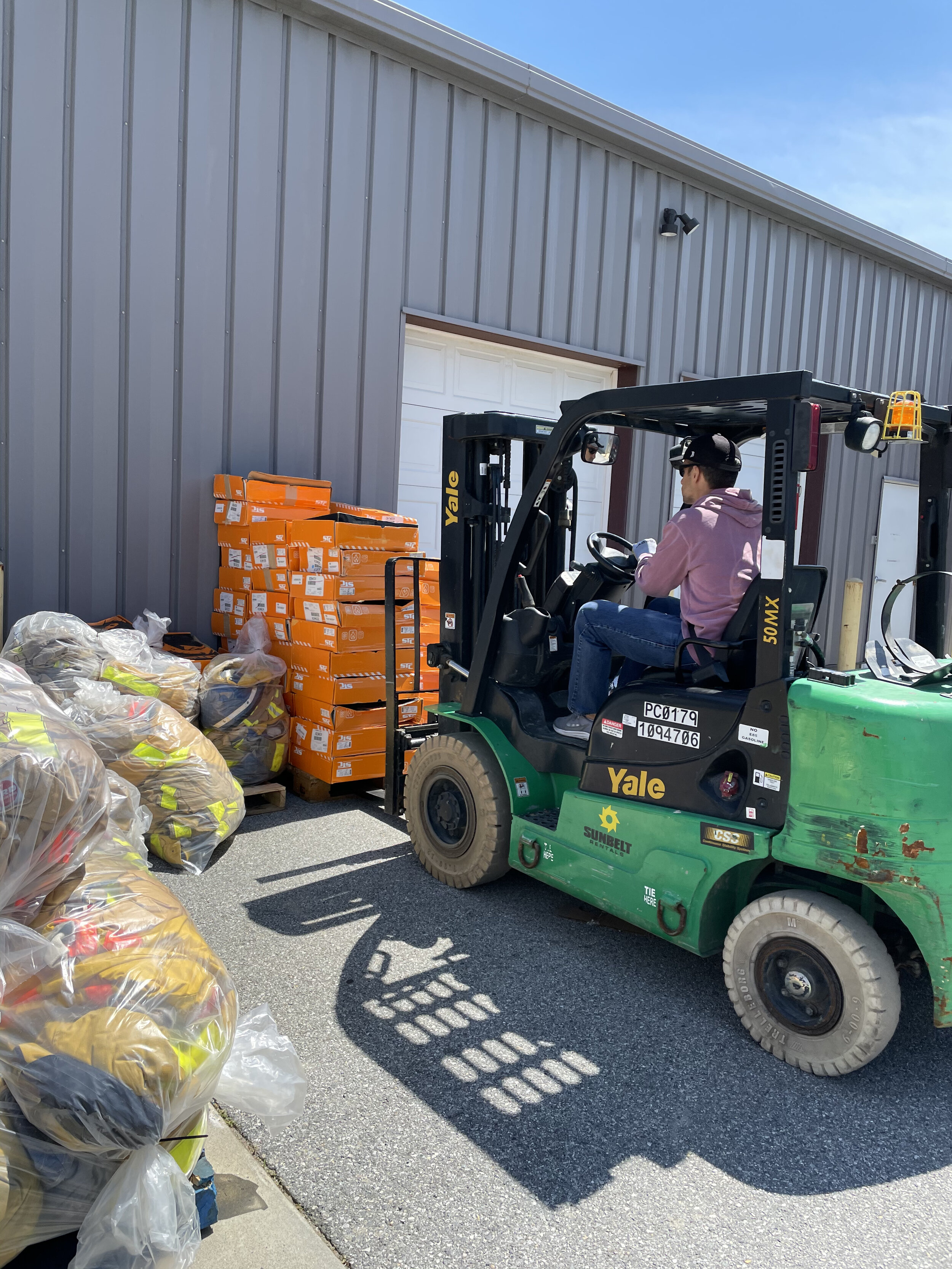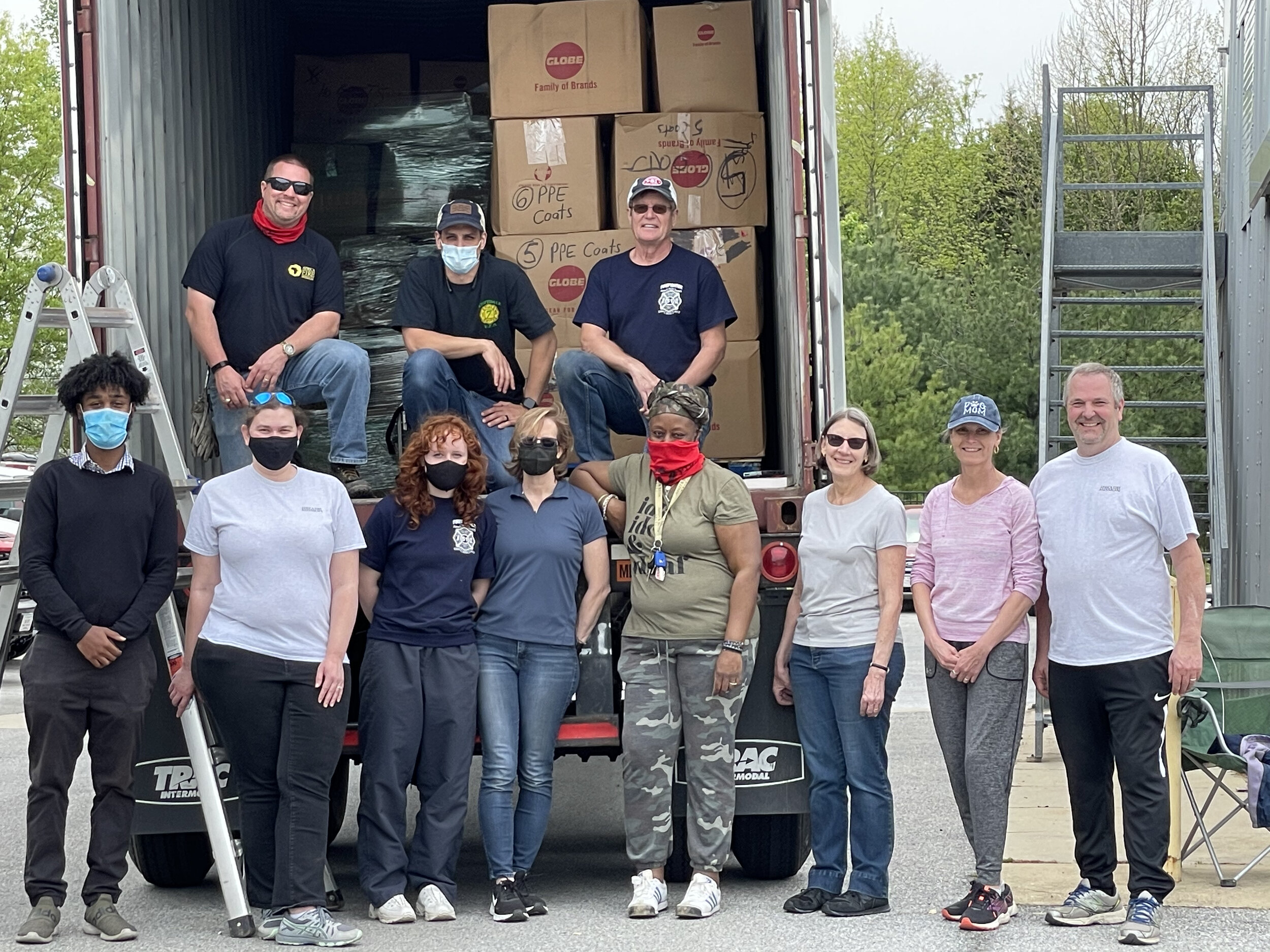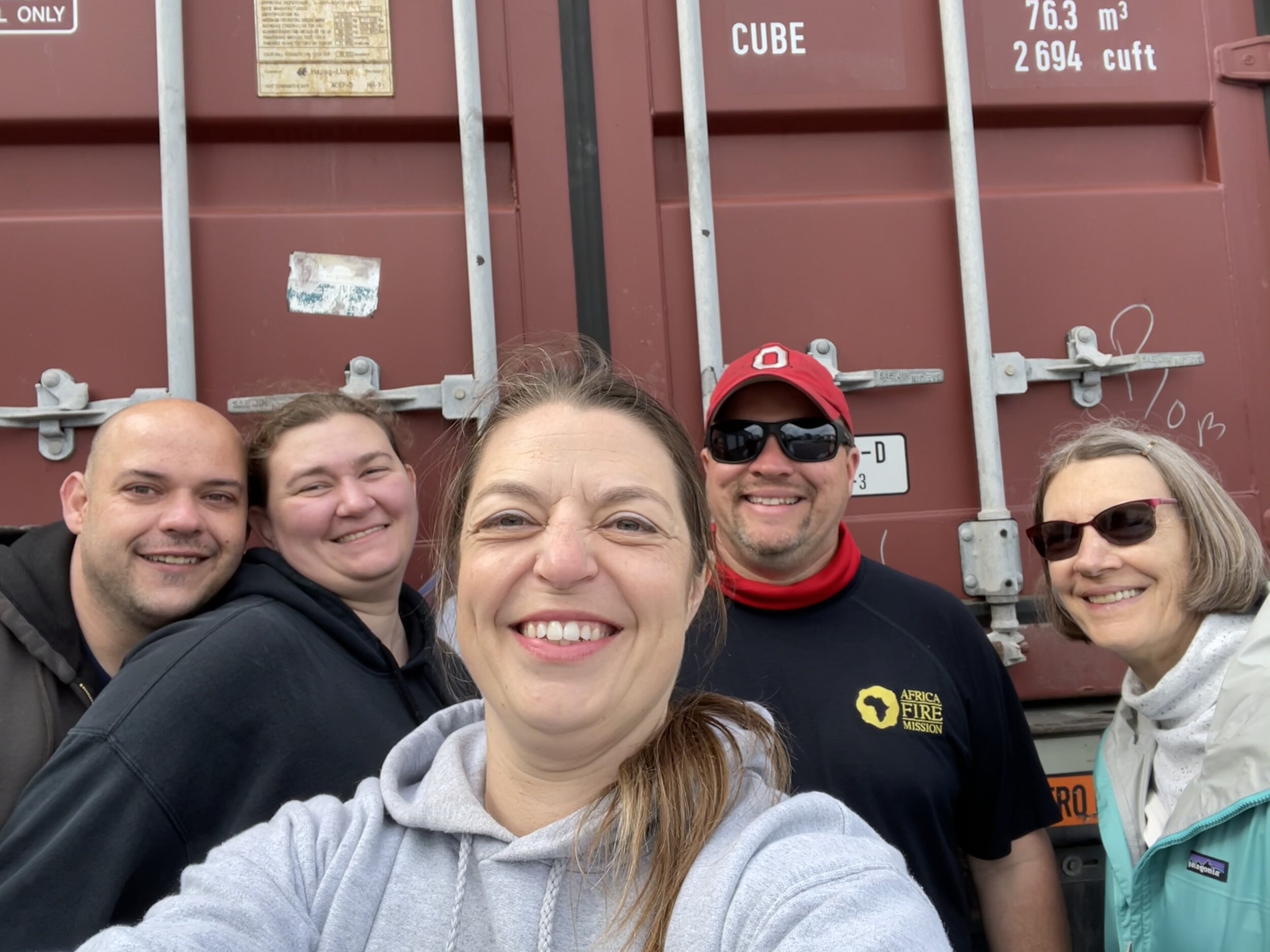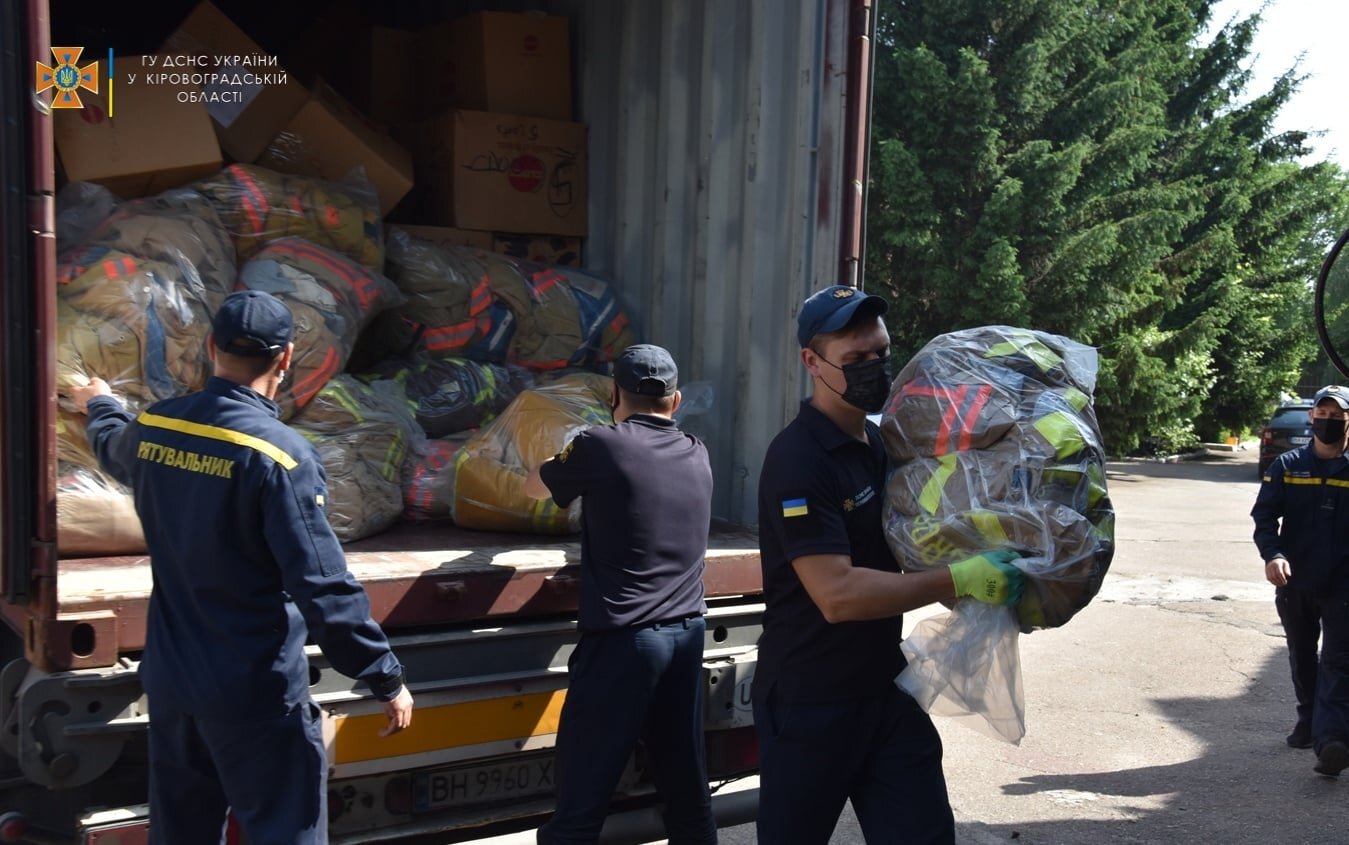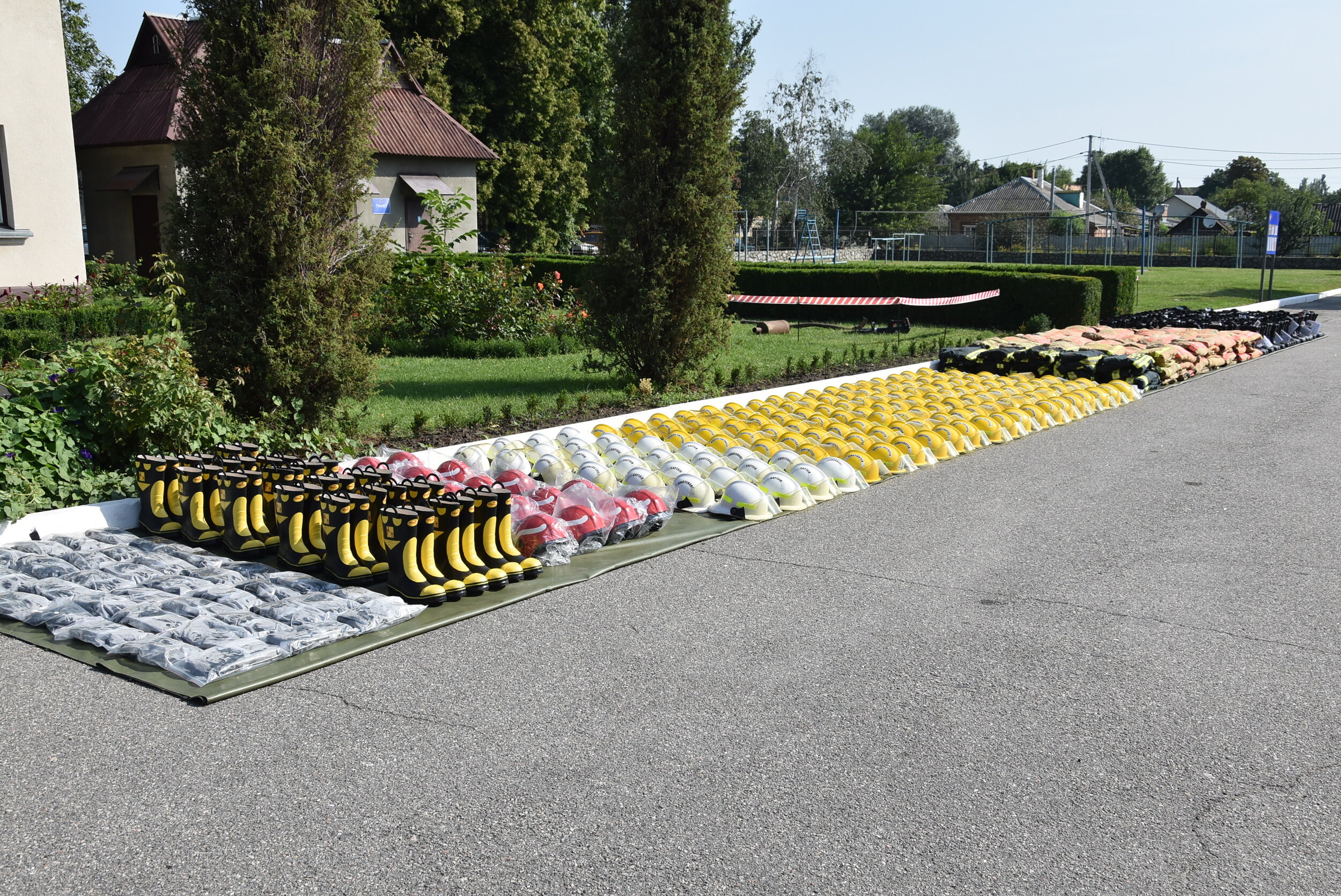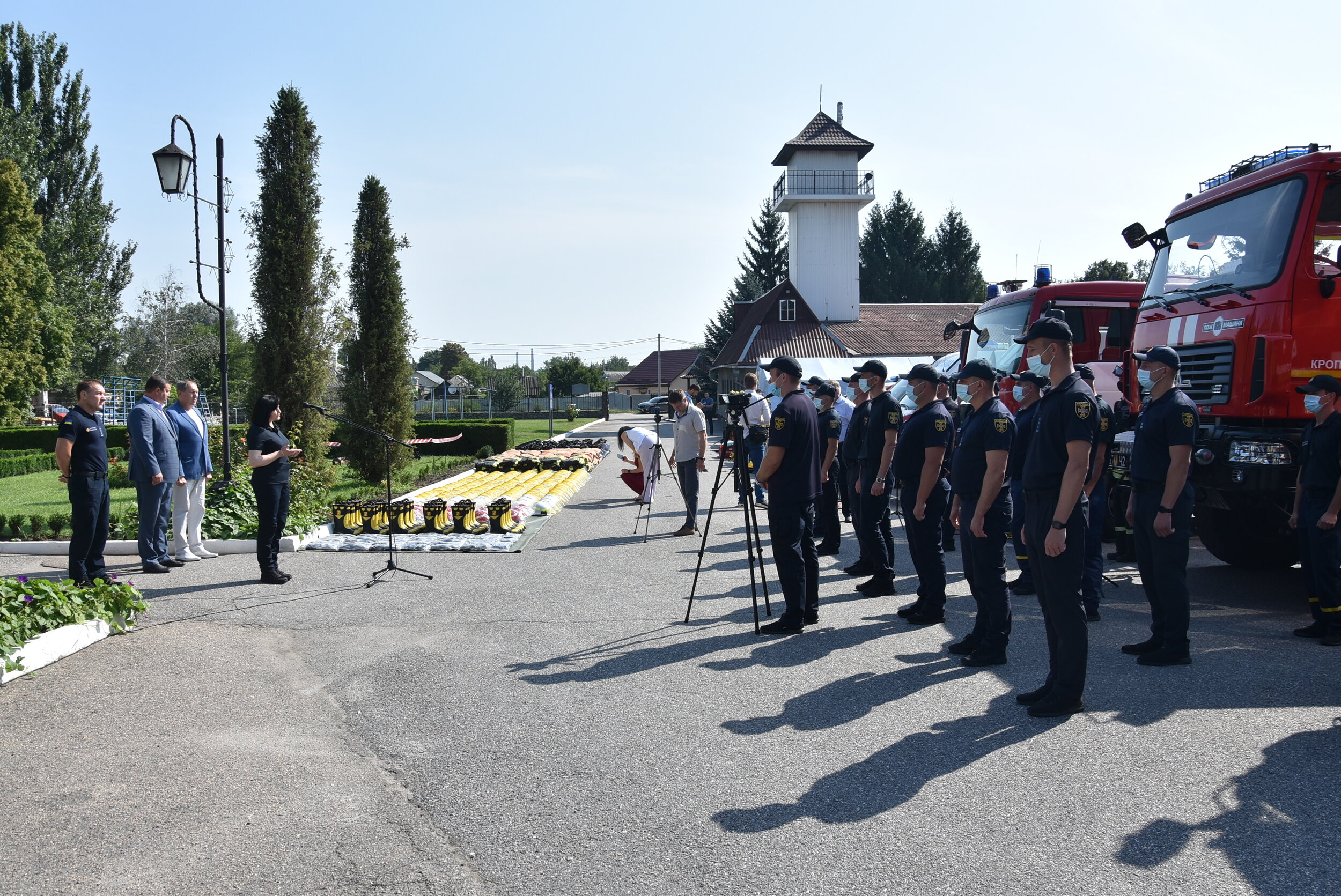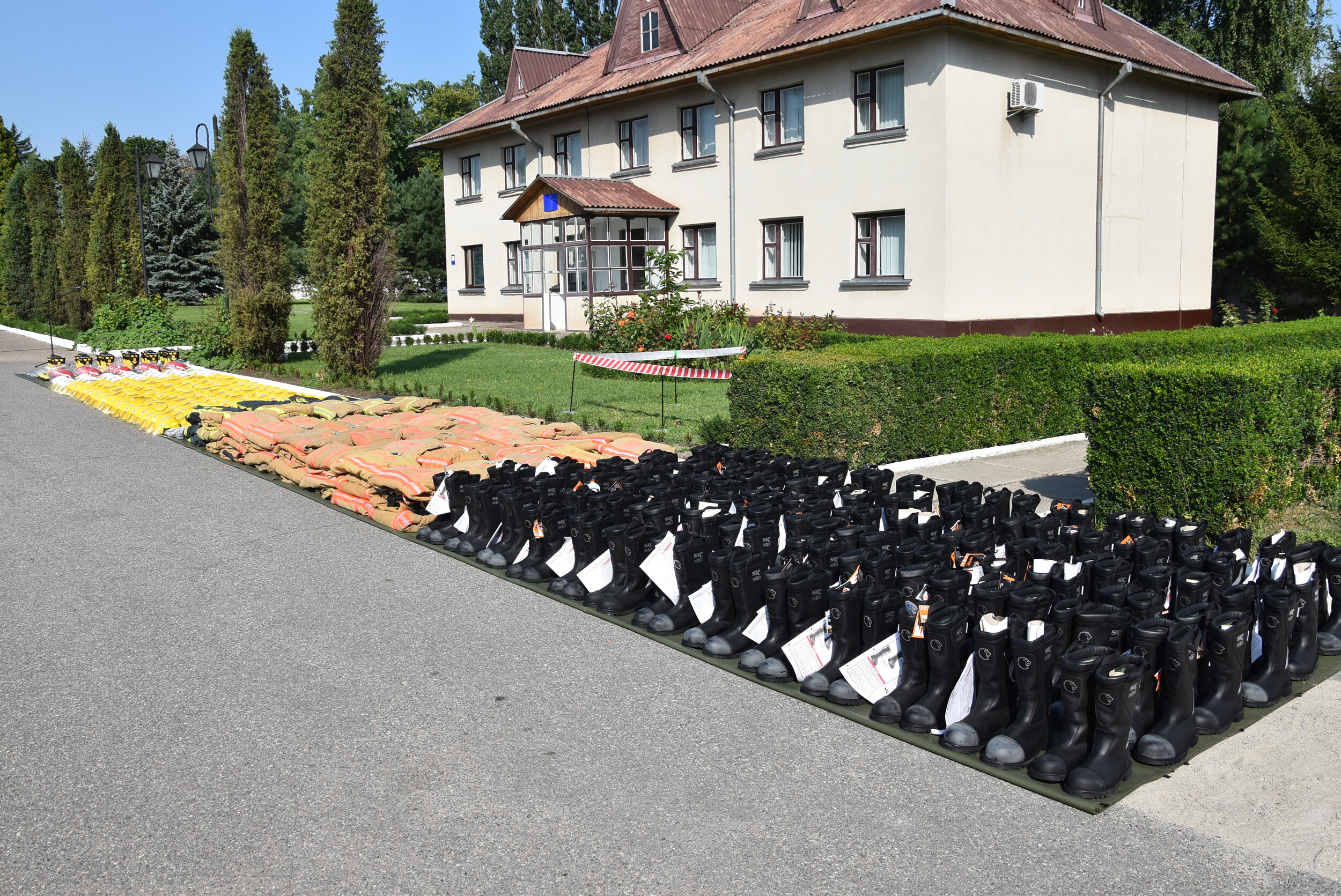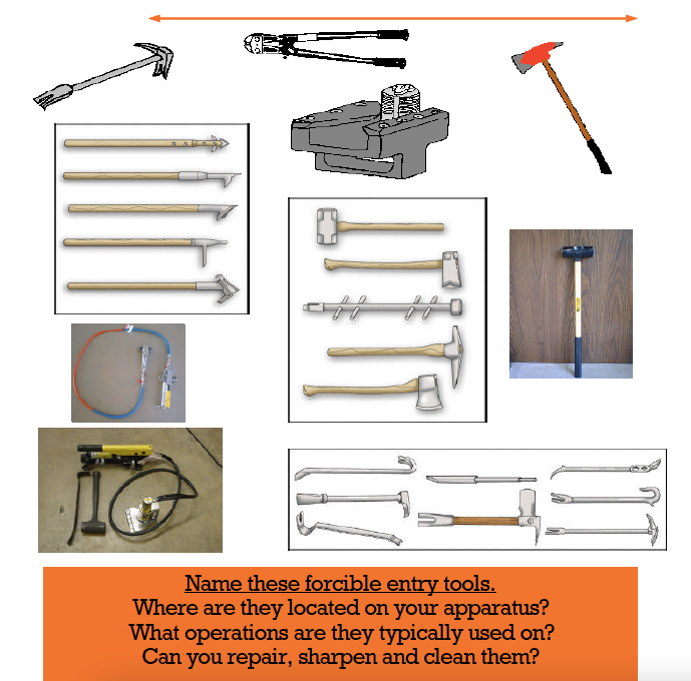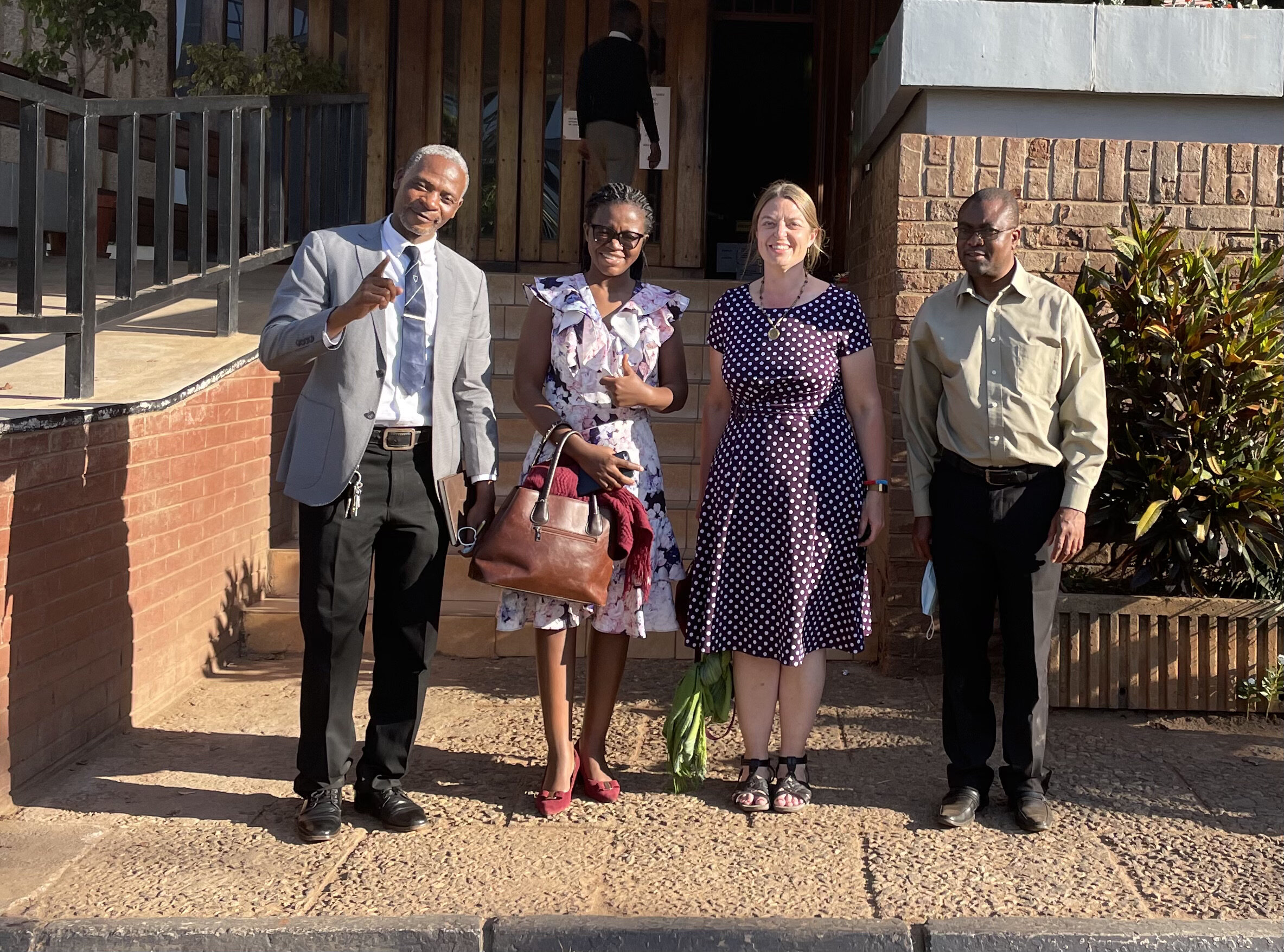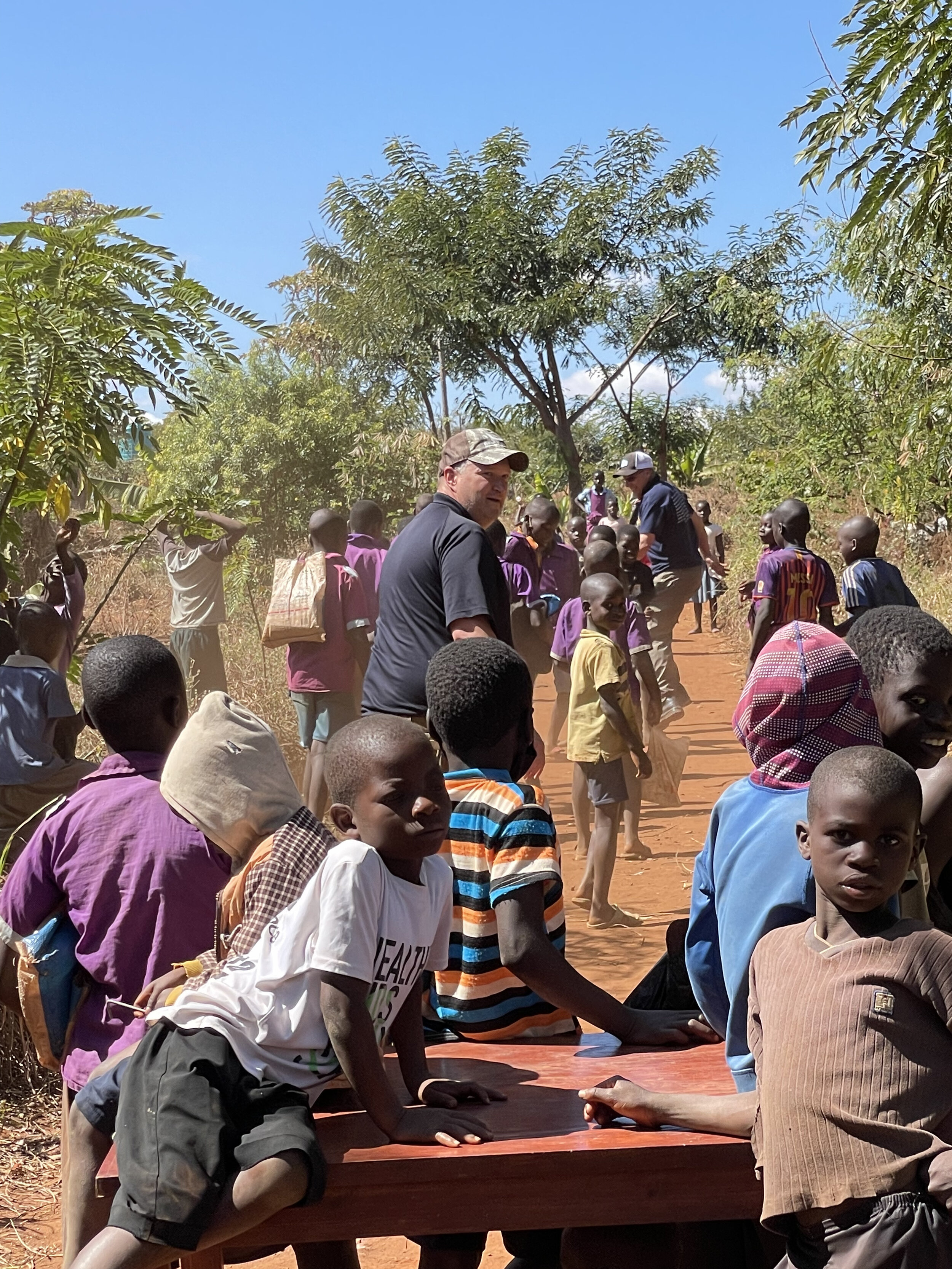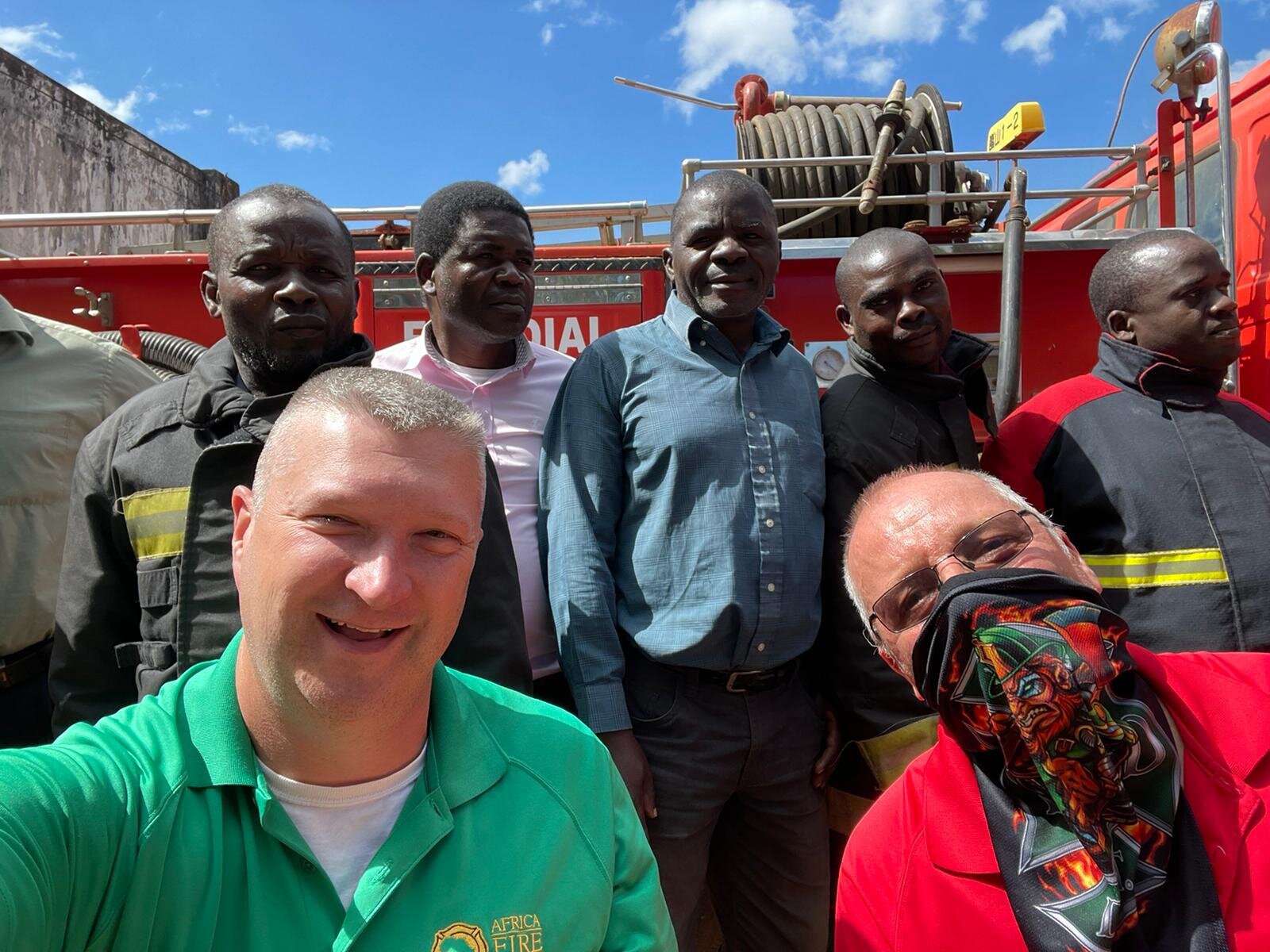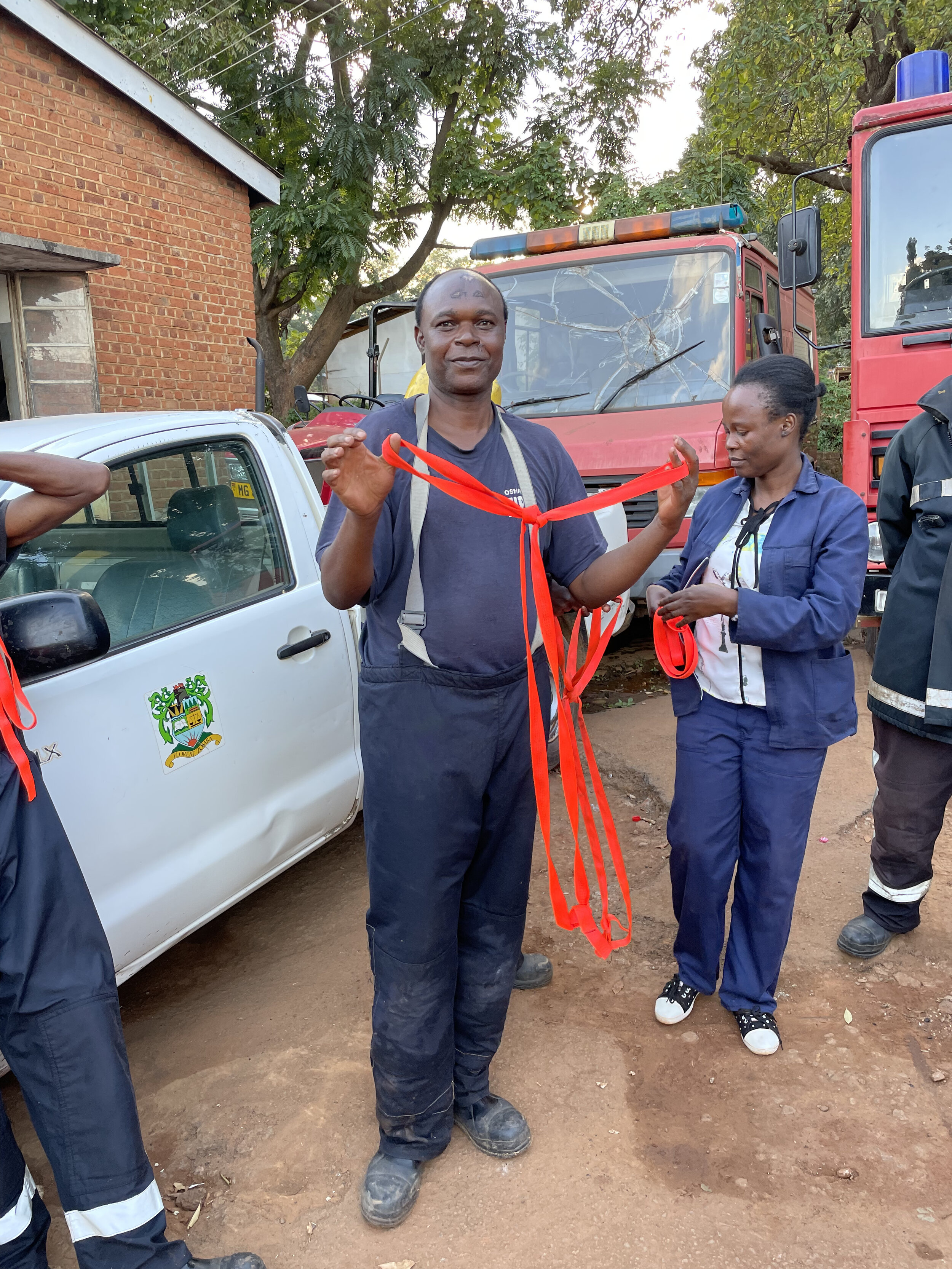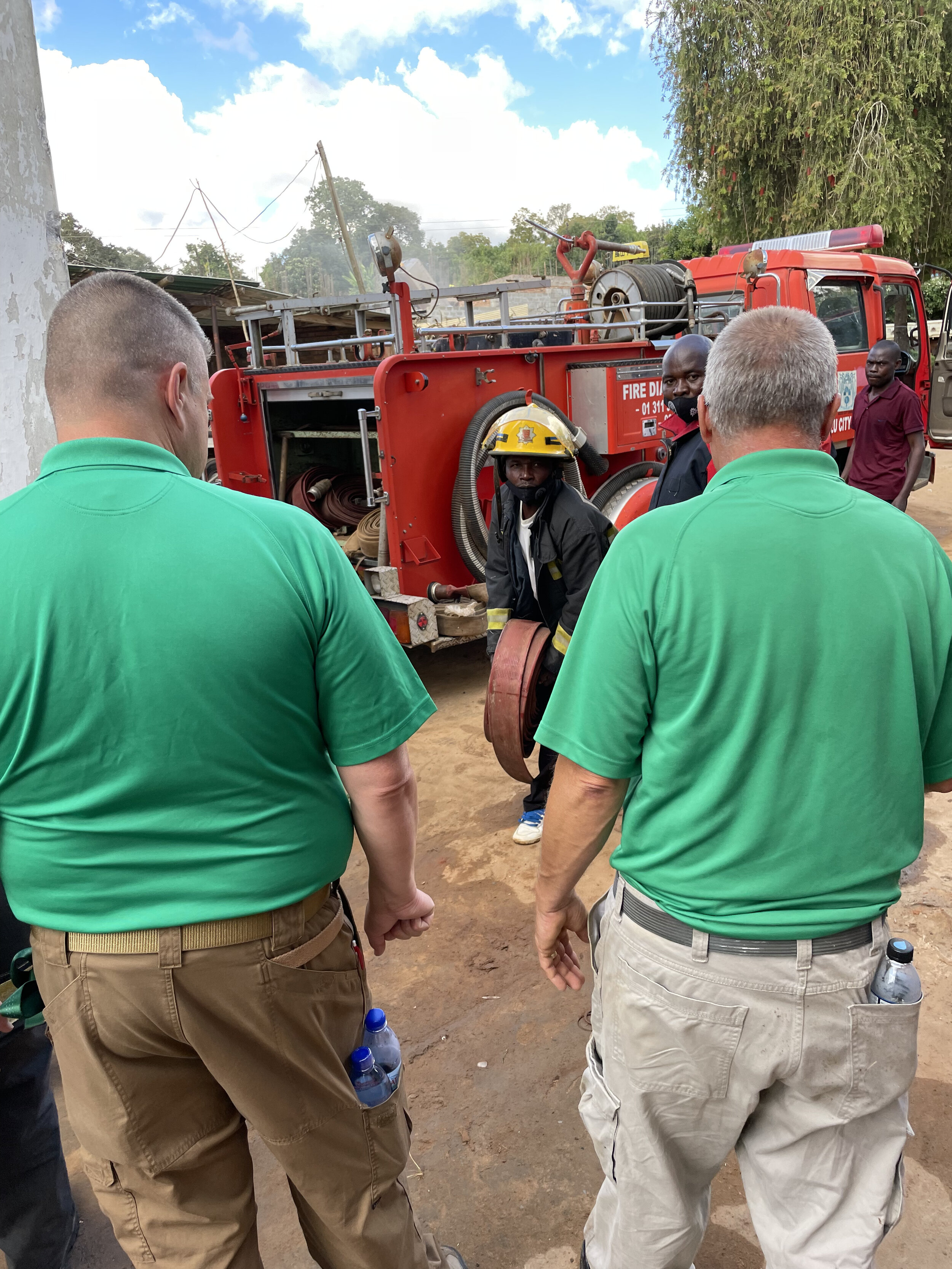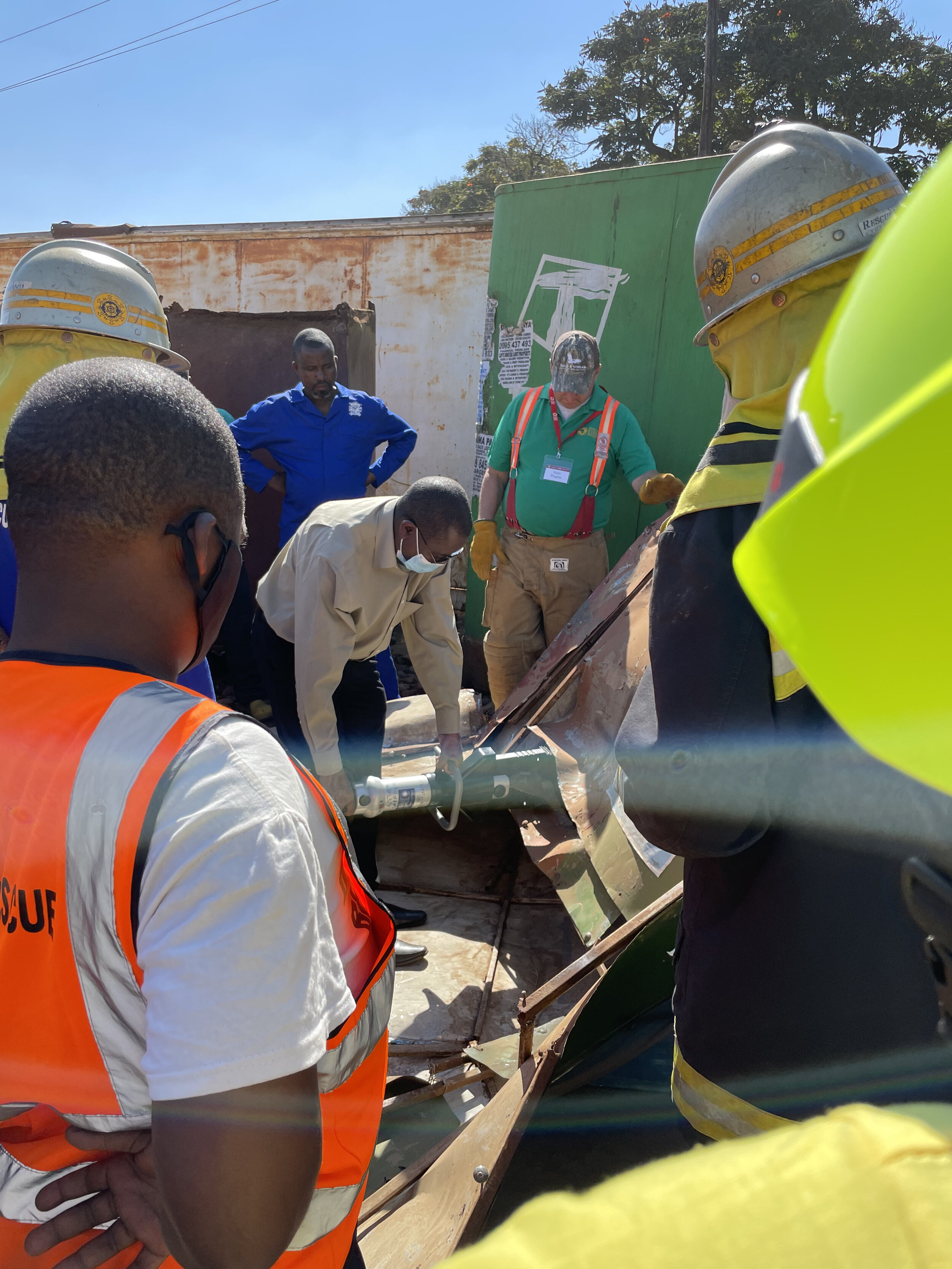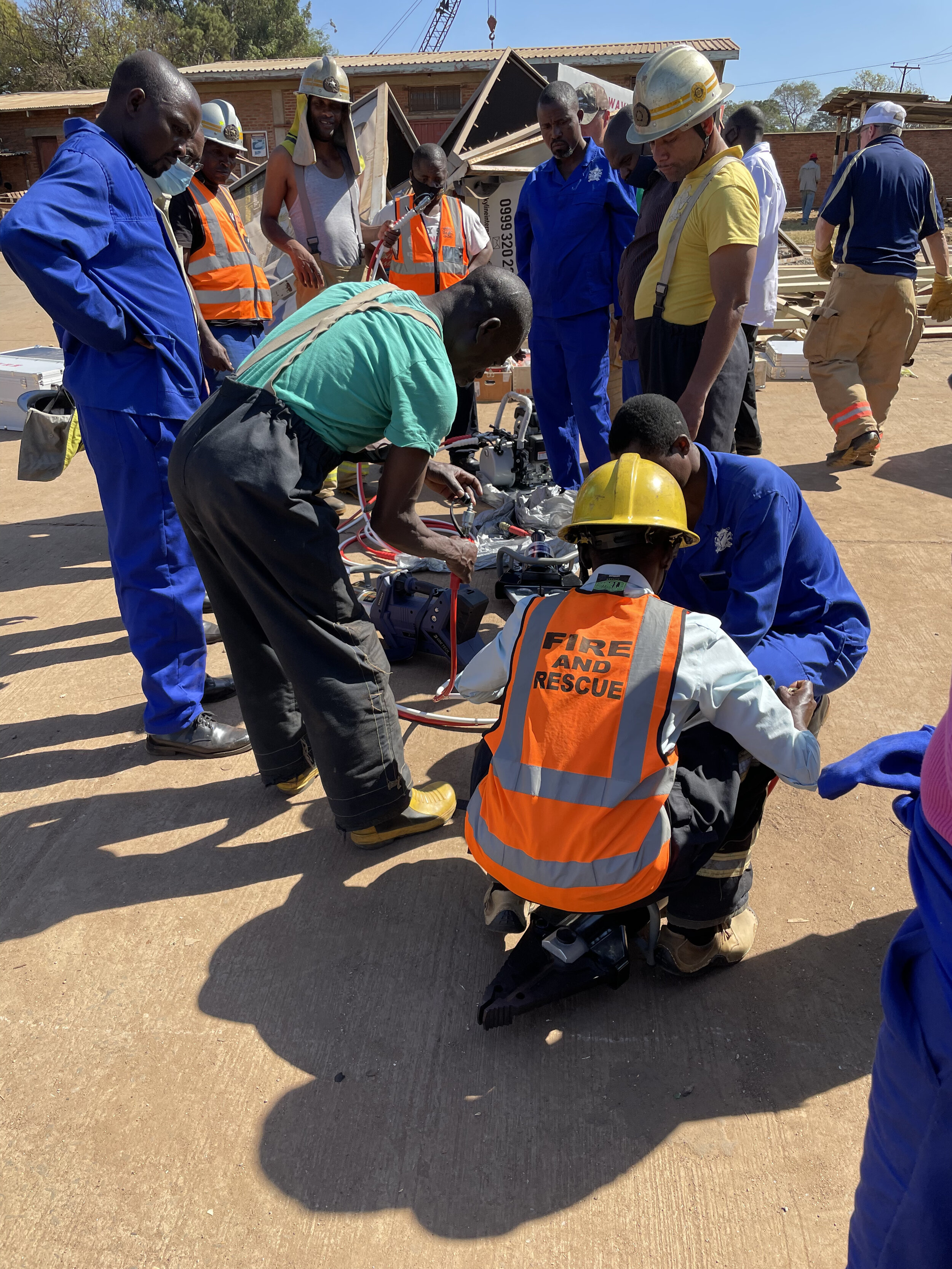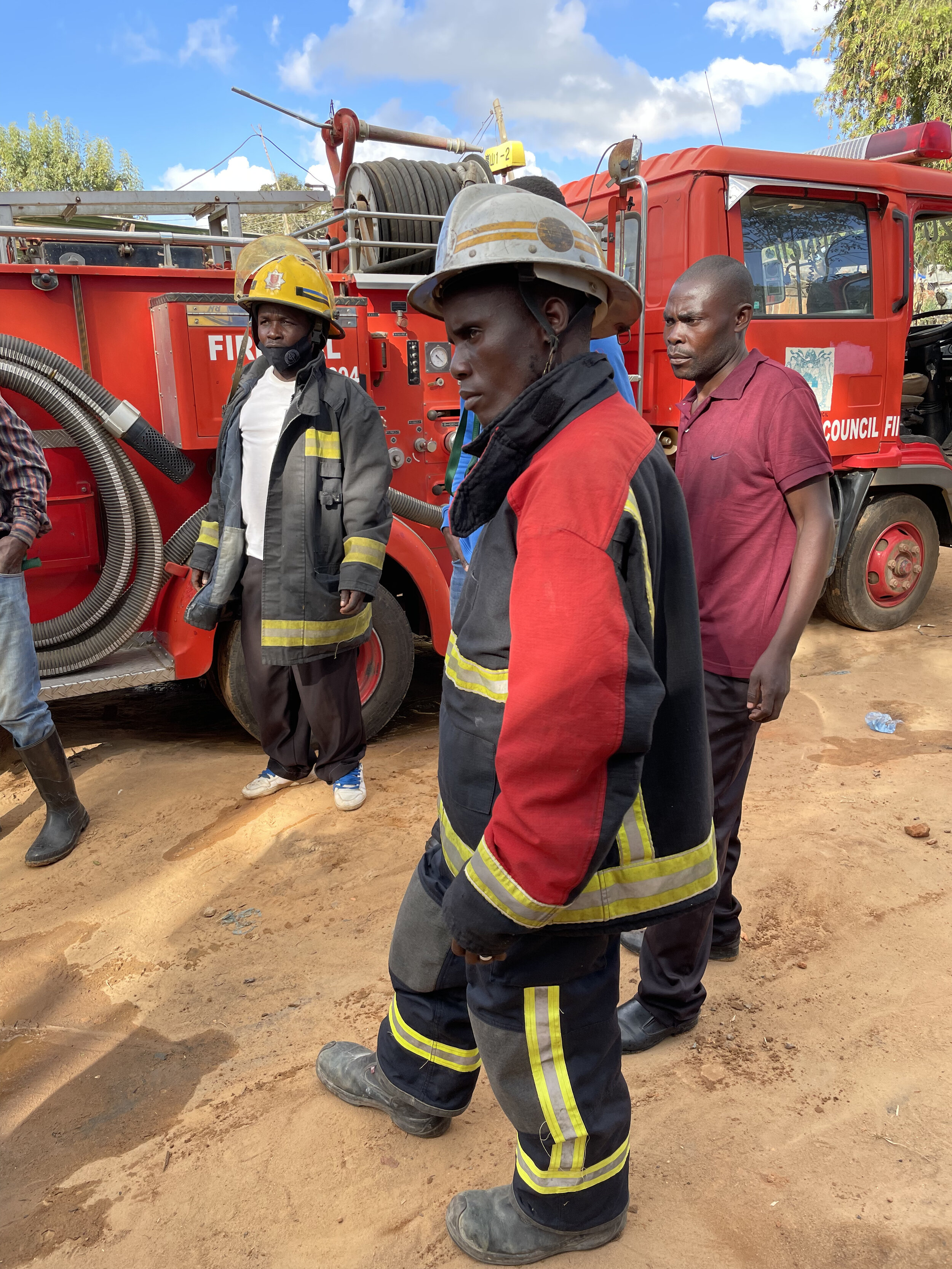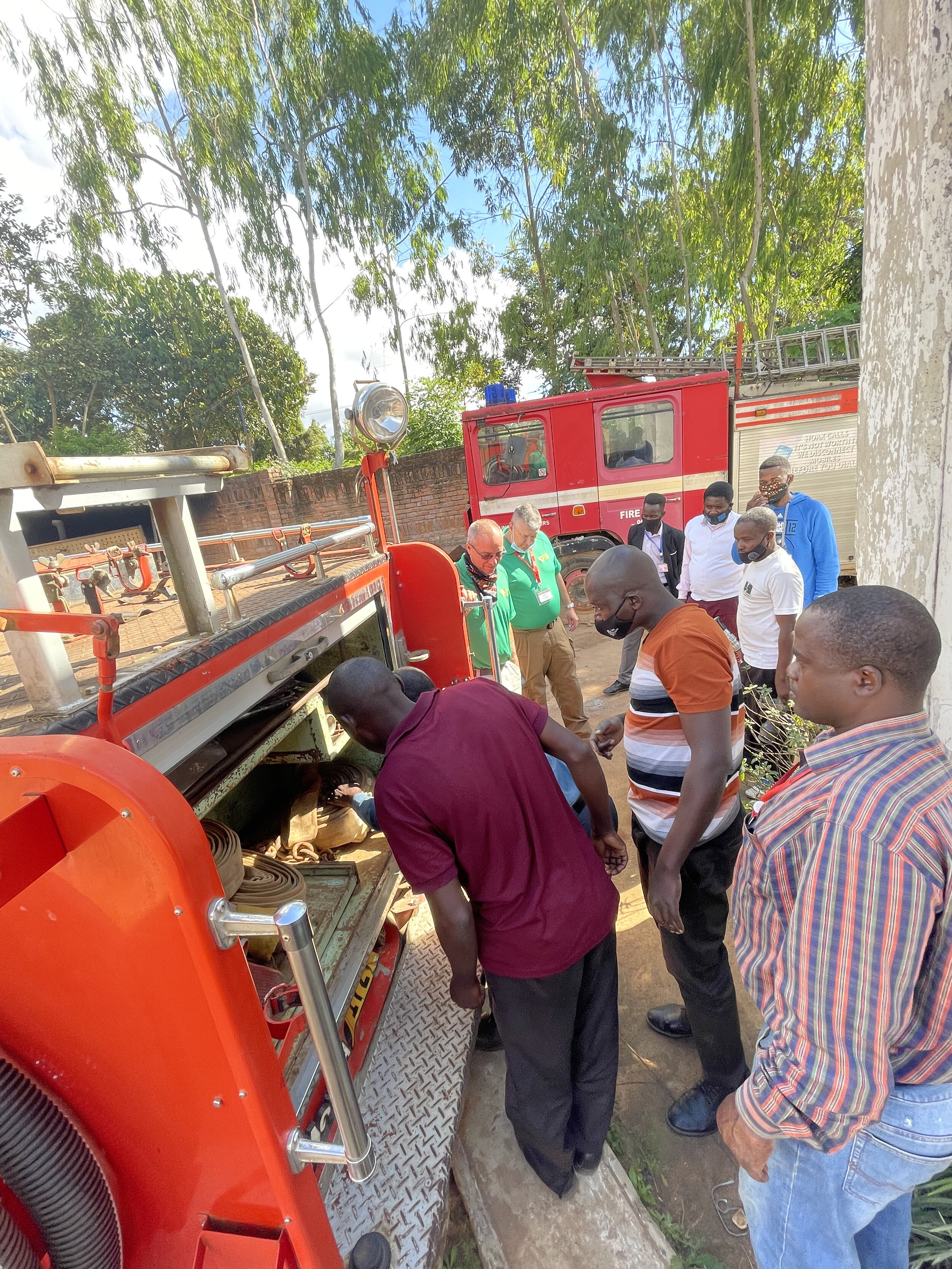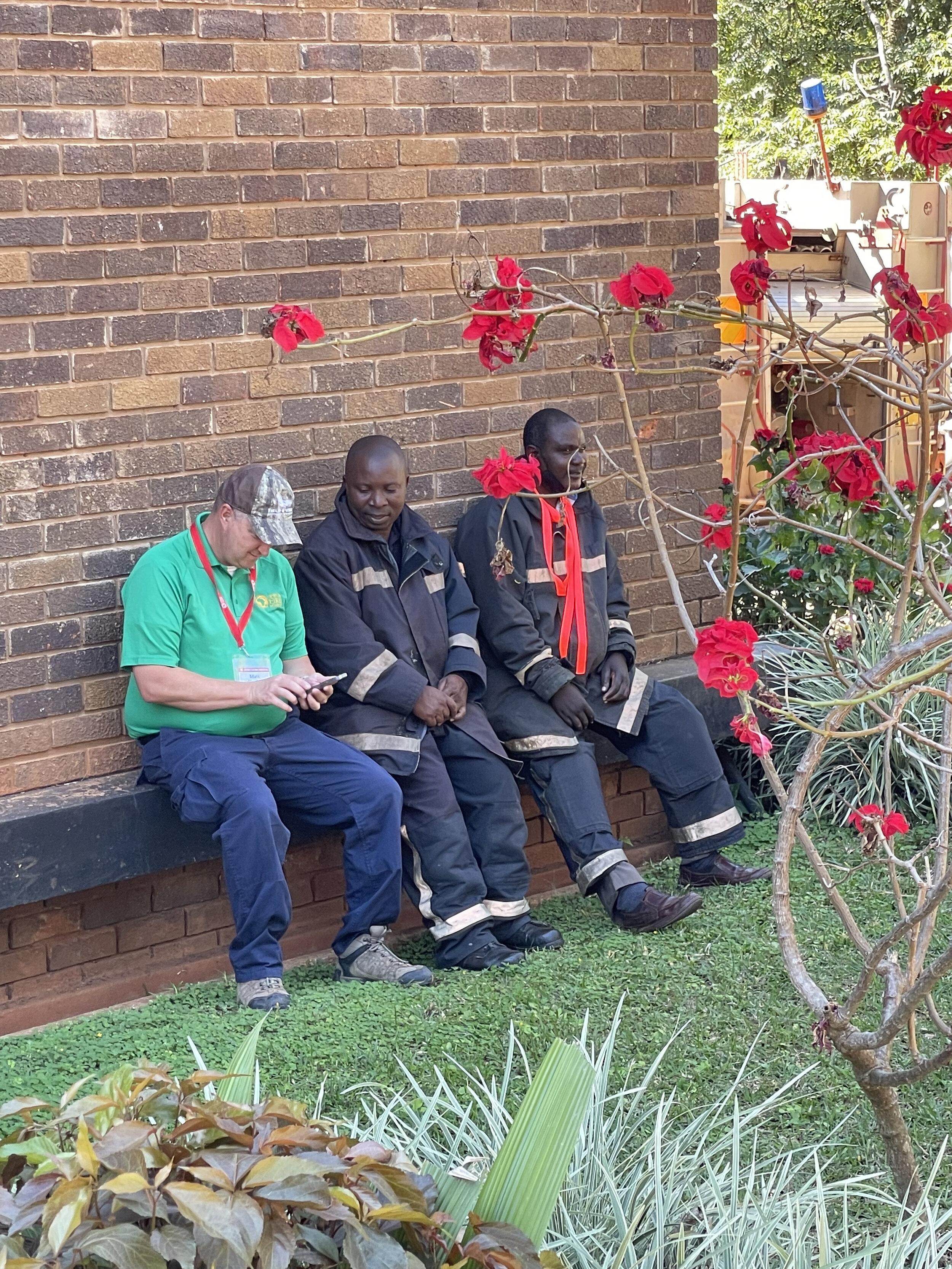by F. R. Montes de Oca, EFO, MESH, CPM
In October I am presenting two back-to-back lessons simply titled “Leadership”. So, to kick it off, I thought I would submit a few words to give the sessions context and background. Often we focus on the negatives associated with leadership, especially poor leadership. So here are a few traits that reflect on the positives of leadership for you to ponder.
Recognize People
Those of us who aspire to be “good” leaders often recognize early on that their team members and direct reports are invaluable in the positive outcomes of almost all professional endeavors we undertake. Have we witnessed a leader thanking his or her members with a simple, hand-written note highlighting an action that exemplifies the “service to others”? I’m not talking about a rescue under adverse conditions or a save at a medical call – just a simple display of actions above and beyond, such as stopping to assist a stranded motorist. Although the act may not rise to the level of a citation or medal, a short note citing the action written by the chief or commanding officer oftentimes is priceless.
Respect Employees
I have had the honor of working with volunteer firefighters and support members in three departments throughout my career. Suffice it to say, I learned early on that although we normally can’t offer pay or raises to volunteers the alternative is to provide a healthy dose of respect for their selfless dedication to their community. Recognition and respect are integral in developing a loyal, committed response team.
Communicate Effectively
My personal communication practice is to over-communicate until I start getting feedback that there is too much communicating. In my career, I seldom received that feedback. It is often: “I don’t hear anything from the puzzle palace.”, or “We’re never brought into the loop until it’s all over!’ These complaints are present in large and small, volunteer and career organizations alike. The complaints are often based on employees and volunteers who wish to be involved, informed and have some control over their lives. There is no excuse for not keeping everyone informed by utilizing every medium you have at your disposal to the greatest extent possible. Without getting into too many details and notwithstanding the intricacies of departmental policies perhaps consider:
Placing bulletin boards in all common areas – including bathrooms.
Establish and support internal communication committees.
Open up your calendar for a weekly (monthly?) “Coffee (tea) with the boss”.
Host a blog with contributions by staff members.
Establishing shift and crew daily activity dashboards.
Establishing shift and unit information officers to feed into the department blog.
Possess Integrity
Integrity is like trust. You deposit into your integrity account regularly until you’ve built up a balance. But the minute you violate this effort by act or omission, your integrity (and trust) balance drops to zero. Leaders who communicate and act in ways that attempt to undermine or control the rank and file, often possess integrity balances of zero. Promise one thing and deliver another? Zero integrity account balance. Communicate an intention, but fail to deliver? Zero integrity account balance. Making excuses that don’t add up? Zero integrity account balance.
Provide Ongoing Feedback
This trait is closely associated with communicating effectively. A good leader would be hard-pressed to provide feedback without effectively communicating. No matter how high we rise in an organization, as humans we all need and appreciate feedback – especially the positive kind. But feedback of any flavor helps us to understand if we are accomplishing the wishes or needs of our manager, the community and our subordinates. Providing feedback helps to highlight the roadmap that has been set out for us. So, too is the regular, timely feedback we provide members that assists them in staying on track, on schedule and within the boundaries of our unit and/or agency.
I recall working for a manager who spent more time politicking and schmoozing his bosses than leading. His method of feedback was, “I don’t give ongoing feedback. I’ll just let you know when you screw-up. Until then, you can assume you’re doing okay.” The balance of his integrity and trust accounts always ran in the red. Can you imagine running a fire agency that way? It happens more often that not. Often you can see it in the faces of the members and their actions.
Utilizing the brief, and far from comprehensive list of ideas in the Communicating Effectively section above, providing feedback to all who report to you (and those who you report to) can and should become a ritual that is another tool in your leadership toolbox.
Fire departments are living, breathing organisms made up of those who wish to serve, have meaning in their lives and feel proud of their accomplishments. Those who lead from a perspective of trust and integrity will witness their organizations becoming a vital and successful asset to their community.
Go forth and lead!
About the author:
Frank Montes de Oca served as a firefighter/paramedic for over 38 years. Throughout his career he has been involved in training, managing and developing firefighter safety, leadership and organizational change. Chief Montes de Oca He can be reached at frm1@me.com or www.responder1.org.

